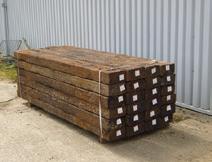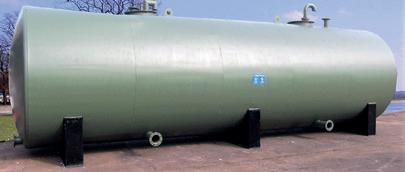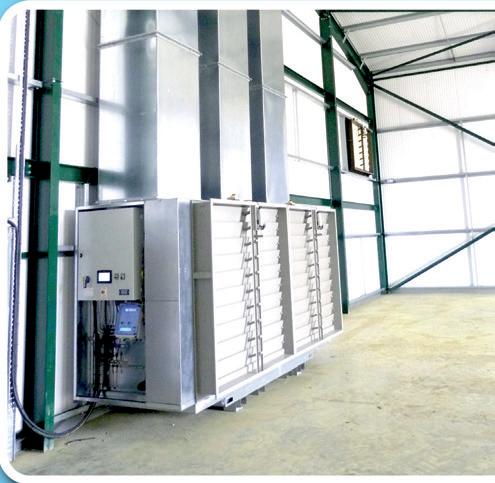
























E: mark.shreeve@micropress.co.uk






























E: mark.shreeve@micropress.co.uk







E: polly.coleman@micropress.co.uk
E: chloe.miller@micropress.co.uk
e're in for a challenging year: rising input costs – or ag-inflation –are set to remain a key concern for farmers during 2023, say experts.
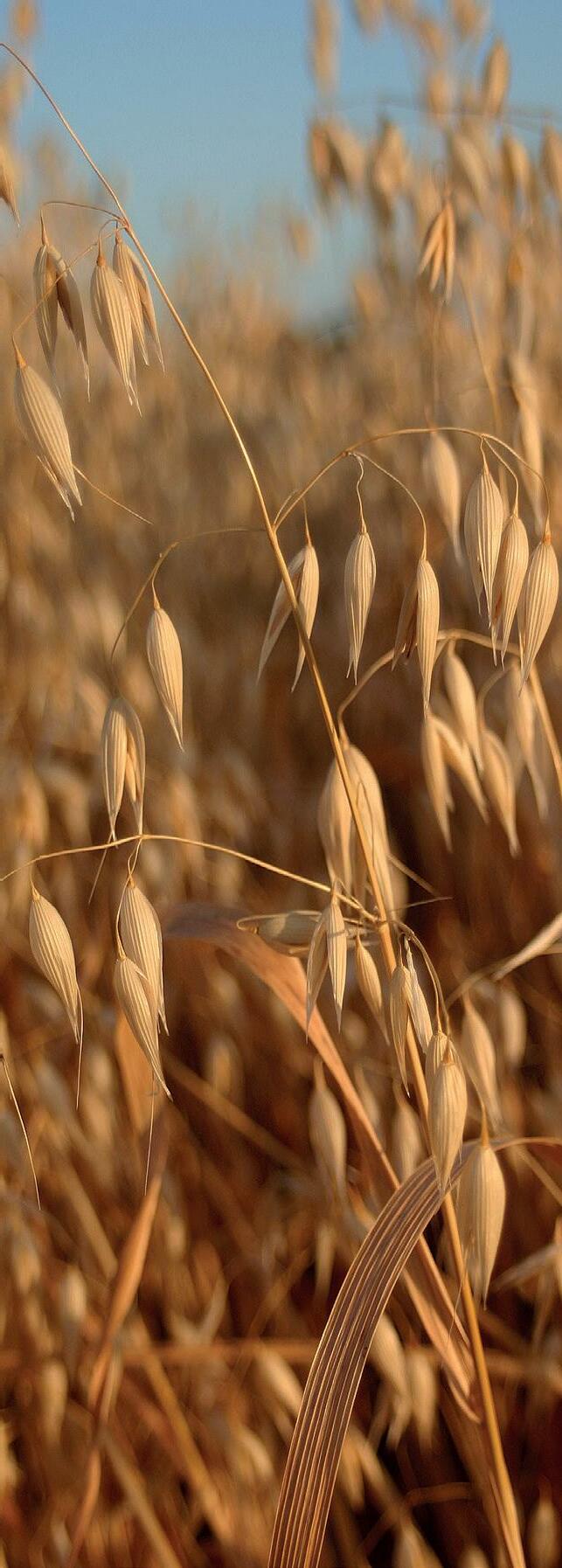

Higher costs in some areas appear 'baked in', say farm business consultants Andersons, who forecast a sobering year ahead, with no signs that energy prices are going to decrease while conflict continues in Ukraine.
the aggregate position for UK farming as a whole, not individual businesses.
It is clear that some farm businesses will do better than others. Andersons says there will be huge differences between sectors and, indeed, individual farms depending on how input costs and output prices interact.

in the eastern counties. To be included on the circulation list, a farmer must have a minimum of 70 acres of land, or 50 dairy/beef stock, or 50 breeding sows/250 growing stock, or 15,000 laying hens/broiler chickens. Intensive
Subscription is £18 a year (including postage). No responsibility can be accepted by the publishers for the opinions expressed by contributors. If you no longer wish to receive this magazine, please email your name,
At the same time, prices in some sectors are weakening. Global markets are adjusting to restrictions on Ukrainian grain shipments and faltering consumer spending ahead of an expected economic downturn.
So what does this mean behind the farm gate?
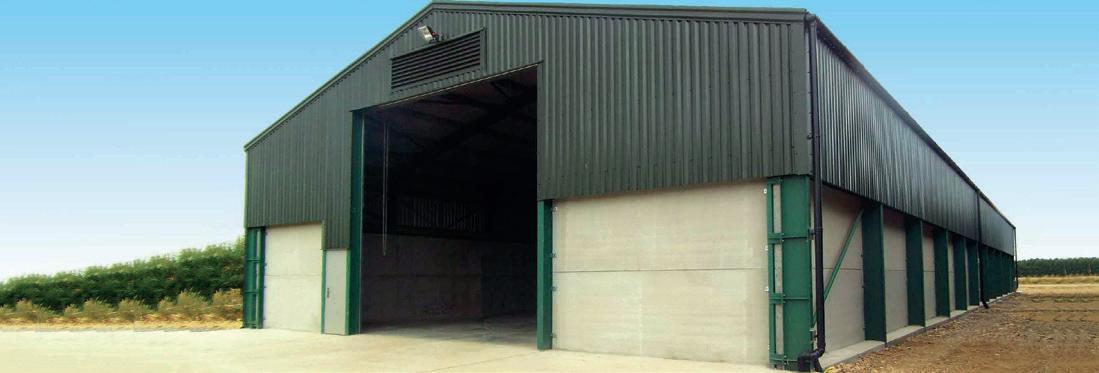
Well, Andersons forecast that 2023 will see UK farming profits drop by up to a third – not the sort of news anyone wants to hear at the start of a new year when it is customary to look to the future full of optimism.
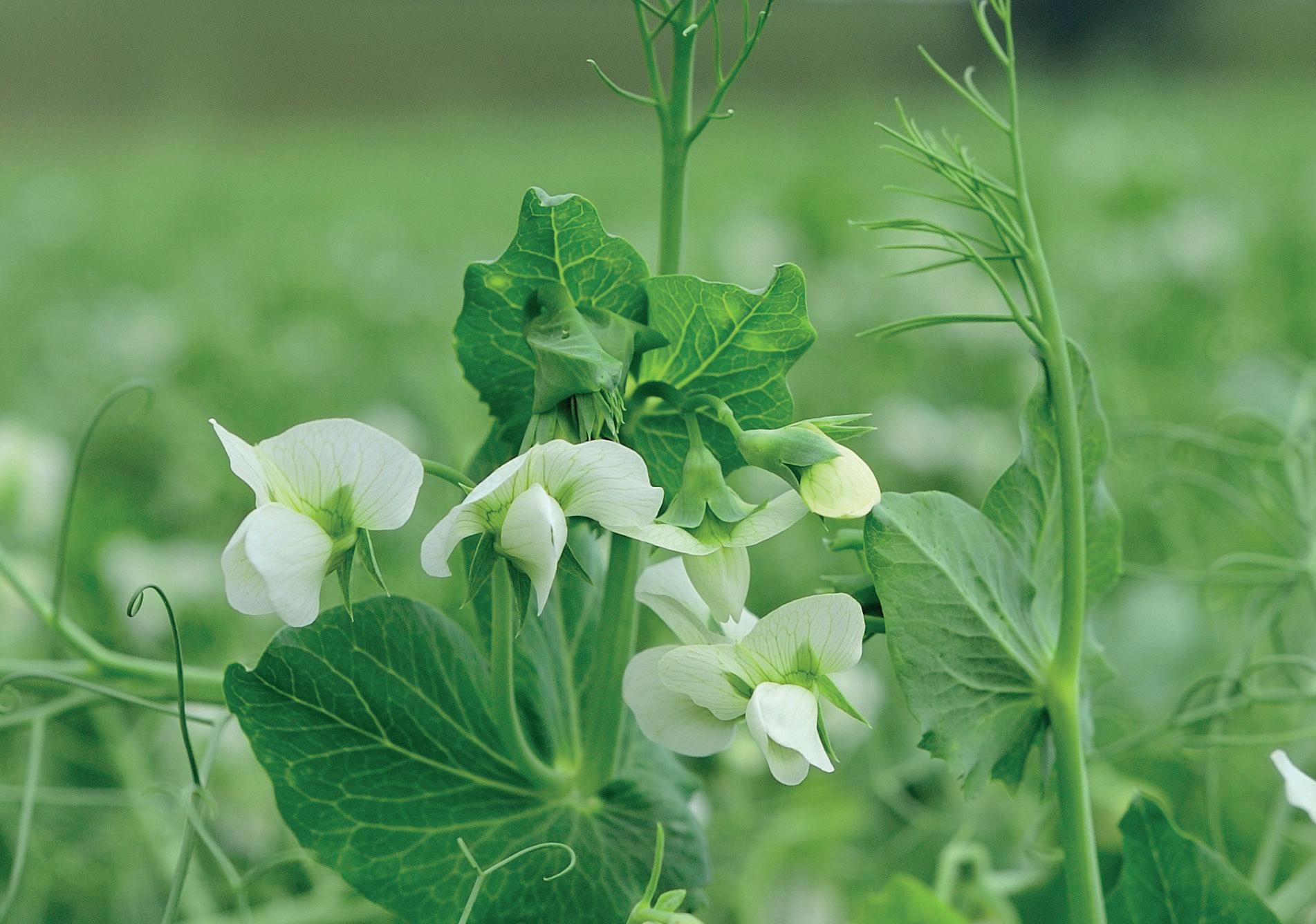
This would put farm profits back at levels last seen during the tough years around the turn of the millennium. But it is important to point out that the forecast looks only at




It should also be noted that things do change – sometimes unexpectedly. A year ago, few people would have predicted that 2022 would see Russia invade Ukraine, three UK prime ministers and the death of Queen Elizabeth II.
We should remember too that farming is a long-term business. Yes, the immediate future looks challenging, but as Andersons points out, farming has faced difficult times before and has come through them.
The desire to grow good crops, raise healthy livestock, look after the land and pass something worthwhile to the next generation is something to be celebrated. We wish you all the best for 2023 and beyond.
Johann Tasker Editor•
•
•
Farm profits are set to come under significant pressure over the coming year – although experts forecast huge differences between individual businesses.
Cost inflation will continue to be high while output prices may weaken due to the economic slowdown, according to the latest estimates contained in the Andersons Outlook 2023, which has just been published.
“Looking to 2023, the forecast is sobering,” says Andersons partner and head of research Richard King (pictured)
“Higher costs in some areas seem ‘baked in’ – for the short-term at least – with no signs that energy prices are going to decrease while the Ukraine conflict continues.
“In other areas, such as wage rates for seasonal workers, the 15% increase in 2022 is irreversible. There will be inflationary pressure on many other inputs as individuals and businesses put up prices to try to keep up with inflation.”
Cost increases were the big topic in farming during 2022. And the report says 2023 looks set to go the same way. When all said and done, it predicts that total UK farm profits for 2022 will show a decline of 15-20% compared to 2021.
the biggest sectors – dairy and combinable crops. Secondly, the full effect of cost increases will not have been felt, even in 2022.
Much fertiliser was purchased at lower prices in 2021; electricity prices only started to peak in autumn 2022; and many costs linked to general inflation levels in the economy – such as labour – take time to catch up with the un expected surge in price levels.
Profits will also be affected by changes in support, adds Mr King.
Basic payments to farmers were 20% lower in 2022 compared to 2020. Although this money is to be ‘recycled’ through other schemes, it is unclear it will all be spent in 2023 with the gradual rollout of new agri-environment schemes.
Furthermore, while the farm support budget is guaranteed until 2024, it is fixed at current prices – and with a high rate of inflation, the real term value of it drops quite quickly. Output prices in some sectors may also weaken.
This is because global arable markets have had more time to adjust to restrictions on Ukrainian exports – and shipments may increase in volume. At the same time, demand could decrease for some commodities due to the economic downturn.
“Andersons forecast for 2023 currently sees UK farming profits dropping by up to a third,”
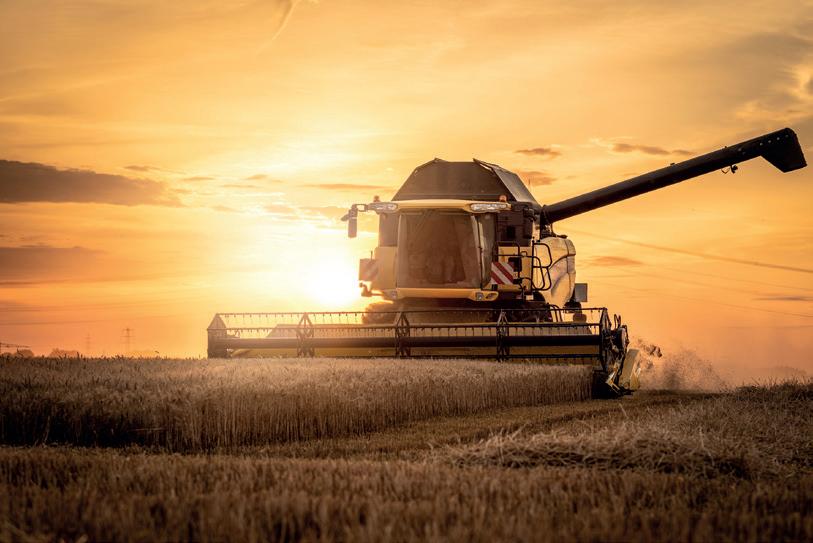

Although the immediate future looks challenging, the farming sector has faced difficult times before – and has come through them.
“These forecasts only look at the aggregate position for the whole UK farming industry,” says Andersons partner Richard King.
“There will be huge differences between sectors and, indeed, individual businesses depending how costs and incomes interact.”
This year marks 50 years since Andersons was founded as David Anderson and Co in 1973. It is easy to state that the agricultural and food industries are unrecognisable from the early 1970s, says Mr King.
“Indeed, there has been huge change in many areas. A special anniversary article in Outlook 2023 compares 1973 with today which highlights some of these changes. But the fundamentals perhaps have not change as much.”
Farmers remain keen to grow good crops, raise healthy livestock, look after the land and pass on something worthwhile to the next generation, adds Mr King.
Copies of Andersons Outlook 2023 can be obtained free of charge by calling 01664 503200.
The report is also available to download from the publications section of the Andersons website at www.andersons.co.uk.
Left: Some higher costs appear baked in, says the report.
Higher costs set to continue
Output prices could weaken
Some sectors more affected


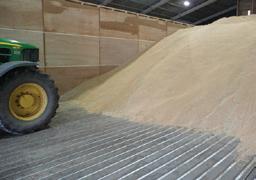


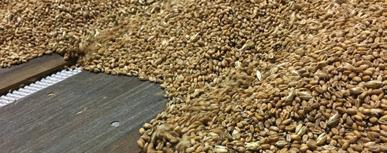


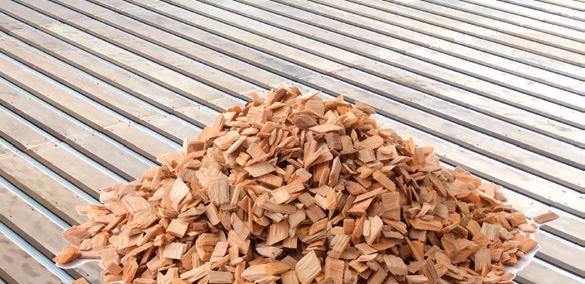
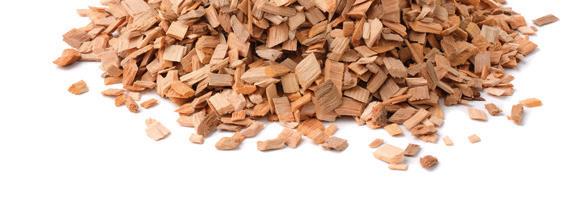







Opportunities for farmers to benefit from satellite technology will be discussed at a special event hosted this month by Easton College on the outskirts of Norwich.
Topics include technology developed by start-up company Agreed, which harnesses satellite-driven remote sensing systems to improve nitrogen use efficiency and save growers money by using less fertiliser.
The opportunities created at the intersection between agri-tech and space-tech – and the new Space Cluster for Norfolk and Suffolk – will be showcased by Agri-TechE in partnership with the New Anglia LEP.
Food production is dependent on nitrogen, most of which comes from fossil fuels. But it is estimated that 50% of the nitrogen applied to crops is lost to water as nitrates or into the atmosphere. Agreed is on a mission to improve nitrogen use efficiency.
Agreed co-founder Kelly Price said: “Satellite data enables us to incorporate observed data into models at scale to support decision-making.
“To that end, we've received a grant from the European Space Agency to incorporate their satellite data into our model.”
[photo credit: ESA/ NASA]
The New Anglia LEP led a successful application to the UK Space Agency to establish a Space Cluster for Norfolk and Suffolk following the launch of the UK National Space Strategy in 2021. This will build on local strengths
Agri-TechE is a business focused membership organisation, supporting the growth of a world-leading network of innovative farmers, producers, scientists, technologists and entrepreneurs who share a vision of increasing the productivity, profitability and sustainability of agriculture.
Members report many benefits from engagement within the cluster. This has included: collaborations; access to funding and grants; trials of technology with farmers; technology integration with other members; business growth resulting from profile raising activities.
Together it aims to help turn challenges into business opportunities and facilitate mutually beneficial collaboration. For details, visit www.agri-tech-e.co.uk.
such as quantum cryptography expertise at Adastral Park; advanced materials at Lotus and Hethel Engineering; and crop science expertise, says cluster chairman Julian Munson.
“The vision is to grow the space sector and there are significant clusters of activity across the region in sustainable agriculture, crop science, climate change, marine science, offshore wind, transport and logistics that will benefit from this.”
Agri-TechE director Belinda Clarke says space-tech and automation technologies can help farmers make better decisions. This includes high-resolution satellite data used by drones to detect early changes in crop health and yield potential.

The event ‘Space-Tech Meets AgriTech’ will be held at Easton College at 2pm on Thursday 26th January.
Former National Pig Association chief executive Zoe Leach (pictured) has been awarded the David Black Award for her contribution to the industry.
The accolade is awarded to an individual or organisation that has made an outstanding impact on the British pig sector. Defra minister Mark Spencer presented the award to Mrs Leach at the National Pig Awards in London.
Until she was appointed NFU East Anglia regional director last summer, Mrs Leach

was NPA chief executive for eight years. She was with the NPA for 14 years in total, working under her maiden name of Davies.
During her time at the helm of the NPA, Mrs Leach became a figurehead for the British pig industry, leading from the front on every major issue affecting the pig industry over the last decade.
Due to her unrivalled expertise and tenacity, she was
continually able to shape government policy, facedown threats to the industry and give NPA members the strongest possible voice in every forum.
In the past two years, Mrs Leach led the industry through one of the most challenging periods it has faced. Her communication skills meant she had the ear of government decision-makers who implemented measures to support the sector.
Experiments have included lettuce growing in space




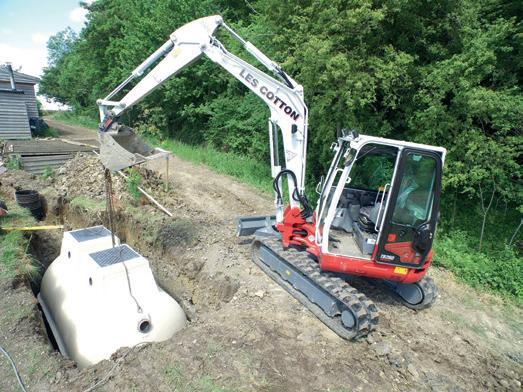
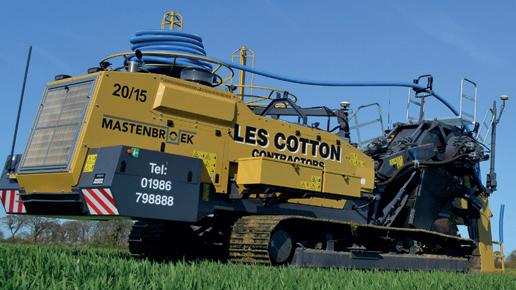
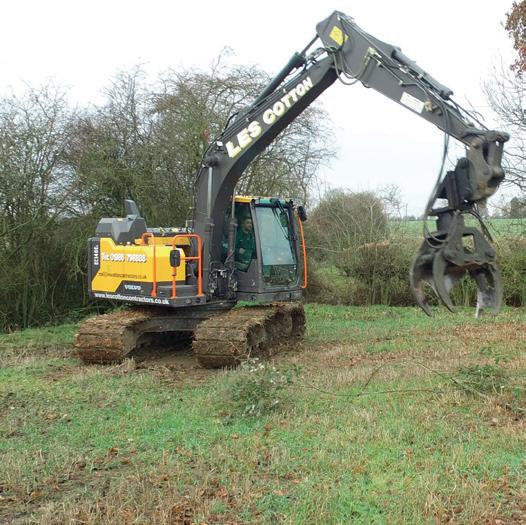
• Huge increase in UK fertiliser costs
• Commodity prices have eased back
• Plan ahead to respond to challenges
Higher working capital require ments are set to squeeze ar able profitability for Harvest 2023 – with a big impact on cashflow too, say experts.
Harvest 2022 was a profitable year for many arable growers who pur chased the bulk of their inputs before the massive increases in input costs and benefited from the significant increases in grain prices.
But input costs are significantly higher for Harvest 2023 and commodity prices have eased back from highs seen earlier in 2022, says Rhodri Thomas, head of rural at farm business consultants Strutt & Parker.
The economic downturn, shifting sands of agricultural policy, climate change, the biodiversity crisis and soaring input prices are all likely to be critical influences within the rural sector in 2023, says Mr Thomas.
“It is clear we are facing a period of accelerated change in terms of land management. This time of year is ideal for land managers to start gathering information and data to help them work out the best ways to respond to the challenges they will face.”
Planning ahead and budgeting are important. “The good news is that some new and exciting opportunities are also emerging, and land managers would be wise to be proactively thinking about their options to identify where the best opportunities might lie.”
Sebastian Graff-Baker, of farm business consultants Andersons, says ongoing uncertainty surrounding future fertiliser availability has encouraged more growers to secure 2023 supplies early – with some even securing
“The increase in working capital requirement may require an increase in the level of security where funds are borrowed and will see an increase in finance costs," says Mr Graff-Baker.
“But where cash surpluses exist from 2022, the opportunity to reduce long-term borrowing should be taken where appropriate.”
Favourable conditions last autumn helped crops get off to a good start
riculture and Horticulture Development Board (AHDB) early bird survey, conducted in partnership with Andersons and the Association of Independent Crop Consultants.
Those crops are generally performing well, with 87% of the UK's winter wheat crop said to be in good-excellent condition and overall prospects looking good for the season.
Favourable autumn conditions mean a rise in the winter cropping area for harvest 2023, according to the AgMore growers must recognise the improvement that soil health can make to arable incomes, say farm business consultants Andersons.
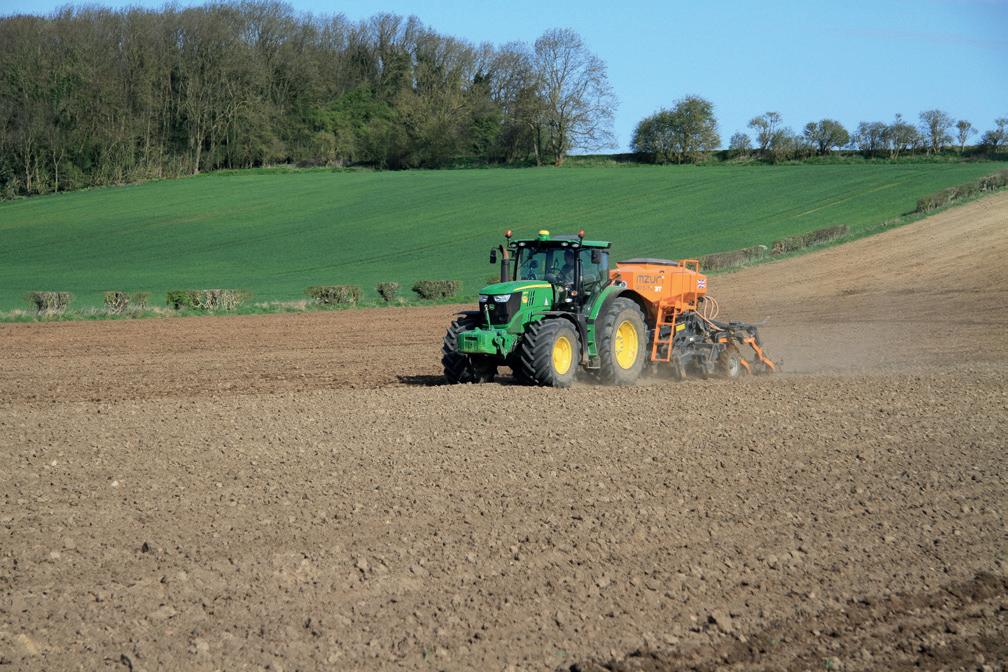
Careful nitrogen management will be required in certain areas moving forward, says the AHDB.
tion of soil organic matter.
“As an industry, we have, on average, depleted soil organic matter – albeit inadvertently,” says the latest Andersons Outlook report, which examines the prospects for UK farming in 2023.
This has resulted from the increased use of synthetic crop nutrition and crop protection products, and perhaps excessive cultivations, without maintaining the beneficial effects of grazing livestock and crop diversity as part of a wider rotation.”
In the past, says the Outlook report, this has been based on commercial logic – assessing combinable crop profitability only using the convention of annual profit and loss, without placing a cost on the reduc-
The report says there are already the beginnings of farming businesses being paid to sequester carbon in order to help reduce atmospheric carbon dioxide emissions, using soils that have low levels of carbon as a result of past farming practices.
“Clearly one of the key issues is to find the balance between continuing to produce combinable crops in a way that generates profit from year-to-year whilst delivering a reward from sequestering carbon and in doing so increase the health of soils.
“With the right management this, in turn, should improve yields and ultimately profitability. Restoring soil health is a long-term undertaking which, as an industry, we need to buy into at all levels, not least land tenure and security.”



















































































New packaging for Nemathorin nematicide granules has been designed to make handling easier and more efficient during the busy potato planting season.

The new Granupac features ergonomically moulded handles to make it easier for operators to fill hoppers mounted on potato cultivation and bed forming equipment. The robust design eliminates stacking rings that were vulnerable to damage on the existing Nemathorin Surefills.
Syngenta technical adviser Caroline Linsdell said growers would see the Granupac introduced on farm during the 2023 planting season, although some Nemathorin Surefills may also be initially supplied.
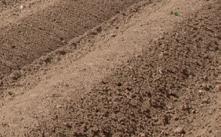



“The Granupac is fully compatible with the adaptors fitted to virtually all machines using existing Nemathorin Surefills, with no modification required,” she said.

“This significant investment in the new packaging reinforces the ongoing commitment to Nemathorin availability for growers over the coming years, as well as the longterm safe and responsible stewardship of the product,”


The Granupac has been well-received in trials by growers, operators and distributors.It is easy to open using a ring pull, with no need for pliers to cut cable ties. “It is a far more robust pack for Nemathorin for fu-
ture seasons,” said Ms Linsdell.
Each Granupac has been designed for up to six seasons of collection and refilling, to minimise packaging waste and carbon footprint for growers.


The pack’s base will be a different colour each year so packs can be rotated and replaced accordingly during the product manufacturing process.
The colour of the base relates to the shelf life of the Granupac and not the product itself, added Ms Linsdell.
Nemathorin is the only remaining granular nematicide available to target the combined potato soil pests of potato cyst nematode, wireworm and free-living nematodes responsible for spraying.


•
Profitable September-sown winter wheat crops can be grown long-term on land with a history of serious blackgrass infestation, according to the latest results from Agrovista’s Lamport AgX trials site in Northamptonshire.
Work at the heavy-land site also suggests that growers who want to maximise their wheat area could use spring wheat in sequence with winter wheat to increase profits.
But great care must be taken in both cases to minimise blackgrass germination throughout the rotation, notably by using a sequence of cover crops and spring cropping (see box)
Results from harvest 2022 trials show that returning to a first wheat after a run of cover crops/direct drilled spring crops can produce exceptional yields, even on a heavy-land site such as Lamport with a background blackgrass population that exceeds 2000 plants/m².
“First wheat yields this harvest ranged from 12.5-13.4t/ha when following Lamport best practice,” says Agrovista technical manager Mark Hemmant.
“We counted less than one blackgrass head per square metre in these trials, which shows what can be done.” But growers have to stick to the guidelines or risk going backwards with blackgrass control.
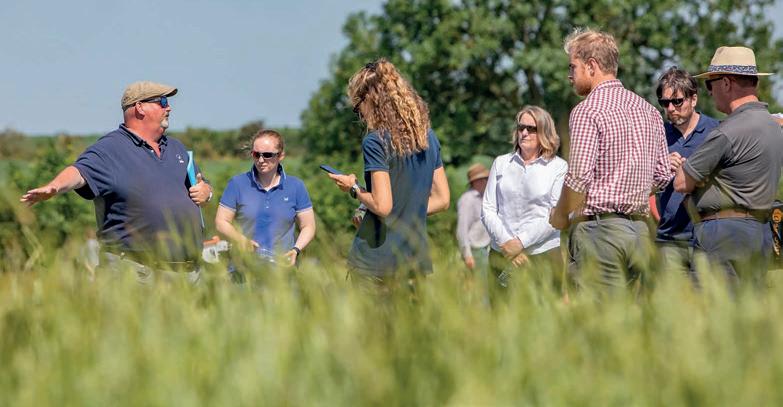
“Before considering a return to winter wheat you have to reduce the weed seedbank to a low-enough level to give full-rate herbicides a chance to work. We know that even a stack containing the latest chemistry is not good enough where blackgrass numbers are high.”
Previous cropping on these winter wheat plots consisted of a black oatbased cover crop followed by spring oats in 2019/20, followed by a cover
crop then spring beans last season.
The plots were direct drilled on 28 September at 300 seeds/m² into a lowcost linseed/berseem clover catch crop blown into the beans. First wheats received full-rate chemistry to control blackgrass – Proclus Liberator and Avadex followed by full-rate flufenacet early post emergence.
The winter wheat work is being extended to see if wheat can feature in successive seasons for growers who want to maximise the crop on their land, particularly pertinent given the current price of wheat. A second winter wheat is not part of the plan.
Agrovista advisor Niall Atkinson says previous experience at Lamport AgX shows second wheats undermined years of effort to control blackgrass. Levels soared close to those seen a decade ago, decimating yields and margins.
“We are still looking at growing successive wheat crops, but we are asking whether we can grow winter wheat one year and an autumn-sown cover/ direct-drilled spring wheat the next, and so on.”
The winter wheat plot in this case had been under a cover crop/spring wheat regime for the past four years. Mr Hemmant says: “This plot yielded just over 11t/ha. This was slightly down on the other winter wheat plots that followed a more mixed rotation.”
“But over the years we’ve been achieving 7-8t/ha from a spring wheat after a cover crop at Lamport, so when we cost the successive wheat rotation it may well be the more profitable option.”
First wheat yields ranged from 12.5-13.4t/ ha, says Mark Hemmant
In addition, the system still provides the benefit of an autumn-sown cover, and a catch crop ahead of the winter wheat if desired, contributing to improving overall soil heath, says Mr Atkinson.
“As a grower I like this idea, and economically it looks great. But I do have slight concerns about take-all.”
Mr Hemmant says within the life of Lamport AgX and in this plot specifically, which has just had a run of cereals, he has never seen the disease.
“We think by breaking up the run of straw crops with black-oat based cover crops we’re breaking the take-all cycle, so we believe we can successfully grow a long run of cereals, plugging in winter wheat in the appropriate slots, in place of a mixed rotation.”
A sequence of cover cropping followed by spring cash cropping has achieved excellent control of blackgrass in crops at Lamport AgX over the past 10 years.
The technique uses a cover crop to condition the soil to enable spring drilling. But it is sown thinly into a shallow seedbed to encourage blackgrass to grow so it can be destroyed with the cover crop around Christmas.
This is followed by a spring crop, which is direct drilled to minimise soil disturbance and potential blackgrass germination.
“We’ve created a system that works fantastically well,” says Mr Atkinson. “We’ve proved that it’s possible to grow successful spring crops on heavy, challenging soil while controlling blackgrass at the same time.”
• Best practice produces results
• System works 'fantastically well'
Second wheat not part of plan
Sencrop and Frontier Agriculture have joined forces to roll out a national network of connected weather stations, helping farmers and agronomists make better crop management decisions.
Some 480 weather stations will be installed across 240 sites, with each getting a rain and wind mast. “We’ve got about 300 out there so far,” says Paul Fogg, crop production technical lead at Frontier.

The network will be managed by Frontier, giving farmers access to their own data and other Frontier-connected stations, helping to build a picture of developing weather and improving forecasting.
“Agriculture is directly linked to the vagaries of the weather, and smart use of weather data to drive decision support tools will become increasingly important. Integrated pest management and evidence supported decisions will become a prerequisite for a ‘licence to operate’.”
Weather data will also help contextualise crop performance and inform future crop management decisions, says Dr Fogg. That includes the timing of crop protection sprays, fertiliser applications, irrigation scheduling and other field work.
Farmers can better target their resources by having real-time weather information at their fingertips. In addition, contractors can identify the best
locations to visit at any given time, minimising downtime and maximising productivity.
The data will also enable better disease modelling, helping farmers to proactively tackle barley yellow dwarf virus or blight, for example. Sencrop already has a blight monitoring feature in the app, as well as cercospora monitoring developed with BBRO, says Dr Fogg.
“These tools provide earlier disease insight and that’s important for the farmers our agronomists advise. This new weather station initiative complements existing Frontier insight and the analytical tools provided via our online farm management platform, MyFarm.
“Earlier insight means our agronomists can help farmers improve the quality of decisions in relation to disease intervention.”
In the app, farmers can view real-time data for up to 40 different in-field locations in their area, and can integrate all the information with their farm management software for environmental stewardship purposes.
The app also offers a range of forecasting providers (up to seven available) to enable comparison of all forecasting models in one place. It looks at the accuracy of their forecasts based on historic information.
“Agronomists can use this to give
more informed and timely advice,” says Dr Fogg. “It can also help us to understand how harvest is developing, so we can manage grain movements and predict demand for driers.”
The weather stations themselves are supplied free of charge to help grow the network. Moreover, anyone with Sencrop stations already installed in their land are also able to join the Frontier network.
Sencrop co-founder Martin Ducroquet says: “We now have nearly 2,000 stations installed across the UK – and there are more than 25,000 connected globally. The more data generated and shared, the more powerful the tool becomes.”






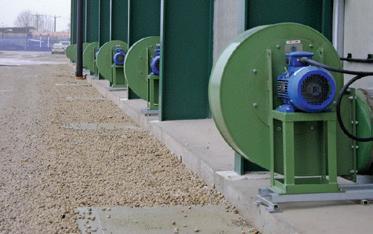


A£4.8m government-funded project aims to increase the amount of biomass crops grown by UK farmers.
Funded by the Department for Business, Energy and Industrial Strat egy (BEIS), the new scheme will be launched on 7 February at Low Car bon Agriculture Show at the National Agricultural Exhibition Centre, Stone leigh Park, Warwickshire.

Biomass Connect will showcase best-practice and innovations in bi omass feedstock production at sites across the UK and through a biomass Information hub, said project leader Jeanette Whitaker, who is also a sci entist at the UK Centre for Ecology & Hydrology (UKCEH).



The project is about supporting land managers to plant more sustainable biomass crops, said Dr Whitaker. “Our
project will act as a focal point for the biomass industry, supporting the expansion of sustainable biomass pro-

quire significant changes in agricultural land use over the coming decades.”
Launching the initiative at the Low Carbon Agriculture event was a good opportunity to raise the project's profile – and discuss the challenges for the biomass sector at an event attended by individuals and organisations focused on decarbonising agriculture.
Producing sustainable biomass is seen as crucial to meeting the UK's net zero. The project launch at Low Carbon Agriculture will include a dedicated biomass exhibition so farmers can speak directly with industry suppliers.

Scientist Jeaneatte Manufacturers of centrifugal, low volume and portable fans, air tunnels, drive over floors, grain stirrers and gas burners.



Whitaker will leader the biomass project
The two-day event will include a conference session examining the role biomass has to play in the UK's energy security and net zero plans. This will be chaired by Patricia Thornley, director of the Energy and Bioproducts Research Institute.










An agronomist is crediting a simple test with providing him with the knowledge he needs to give growers concrete recommendations for treating their crops.
UPL technical manager Stuart Jackson started using SwiftDetect in 2021. His team decided to use SwiftDetect while they were developing fungicide programmes and trialling new products to determine how best to use them.
The patented technology behind SwiftDetect can determine the how much disease is in a crop, with results in one business day. It can test for light leaf spot in oilseed rape, Septoria, yellow rust, brown rust and mildew in wheat and ramularia in barley.
“Traditionally, when we carry out a trial, we make a visual assessment of the disease present at the time of the application,” says Mr Jackson. “But that would only tell us what was already visible if something had already appeared on the surface of the leaf.
“It never gave us an indication of if there was any latent infection – if disease is going through its lifecycle within the plant and not expressing any visible symptoms on the surface.”
Before discovering SwiftDetect, Mr Jackson would need to make an educated guess about the health of a plant, as there was no way of knowing for sure.
“Trying to decide if the product you applied was giving you protective or curative activi-
ty at a certain point was really hard and it was impossible to provide a definite scientific answer as to whether it was or it wasn't,” he says.
Since using SwiftDetect, Mr Jackson says he has stopped relying on assumptions and now knows with certainty if a product was applied in a protective or curative scenario.
“SwiftDetect gave us a better indication of what we were doing in our trials and meant we could provide better recommendations to growers in terms of how we should use the product,” he explains.
Using SwiftDetect helps reduce the amount of product used – good for the farm



business and for the environment.
“You can answer the question: “Do I need to spray today?” with certainty if you discover there is no infection in a plant,” says Mr Jackson.
“It also gives us the opportunity to look at the chemistry being used and decide if something curative is needed to clean up latent infection, or if a protective product could be used because there isn’t any infection present in the leaf.
“As an agronomist, it gives us the opportunity to tailor our recommendations so that a grower has all the information they need to make an informed decision.”






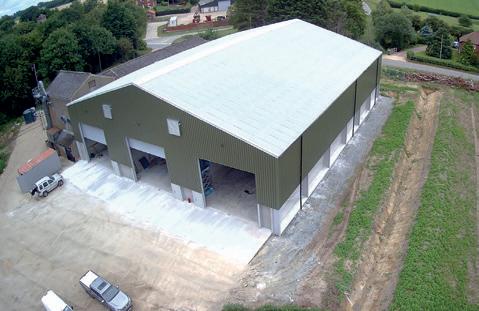
Winter oilseed rape establishment is good across the UK – despite later sowing than many growers planned, suggests a survey.
A marked increase in plantings confirmed by the late October survey suggests a 10% increase in the area of crop coming into spring 2023, according to the fourth annual Dekalb national establishment poll.

Reports from over 230 growers responsible for 25,000ha of oilseed rape across the UK's main arable areas suggest that little more than 6% of this year’s crop is likely to be the subject of breeders’ establishment scheme claims for failure.
More than 75% of growers rate this season’s crop at 7 or more for establishment on the poll’s standard 0-10 scale, with just 8% rated less than 5.

“Barring any major winter or early spring issues, these findings point to an overall crop survival to flowering similar to the past two years at around 90% of plantings,” says Bayer seed campaign manager and poll co-ordinator Lizzie Carr-Archer.
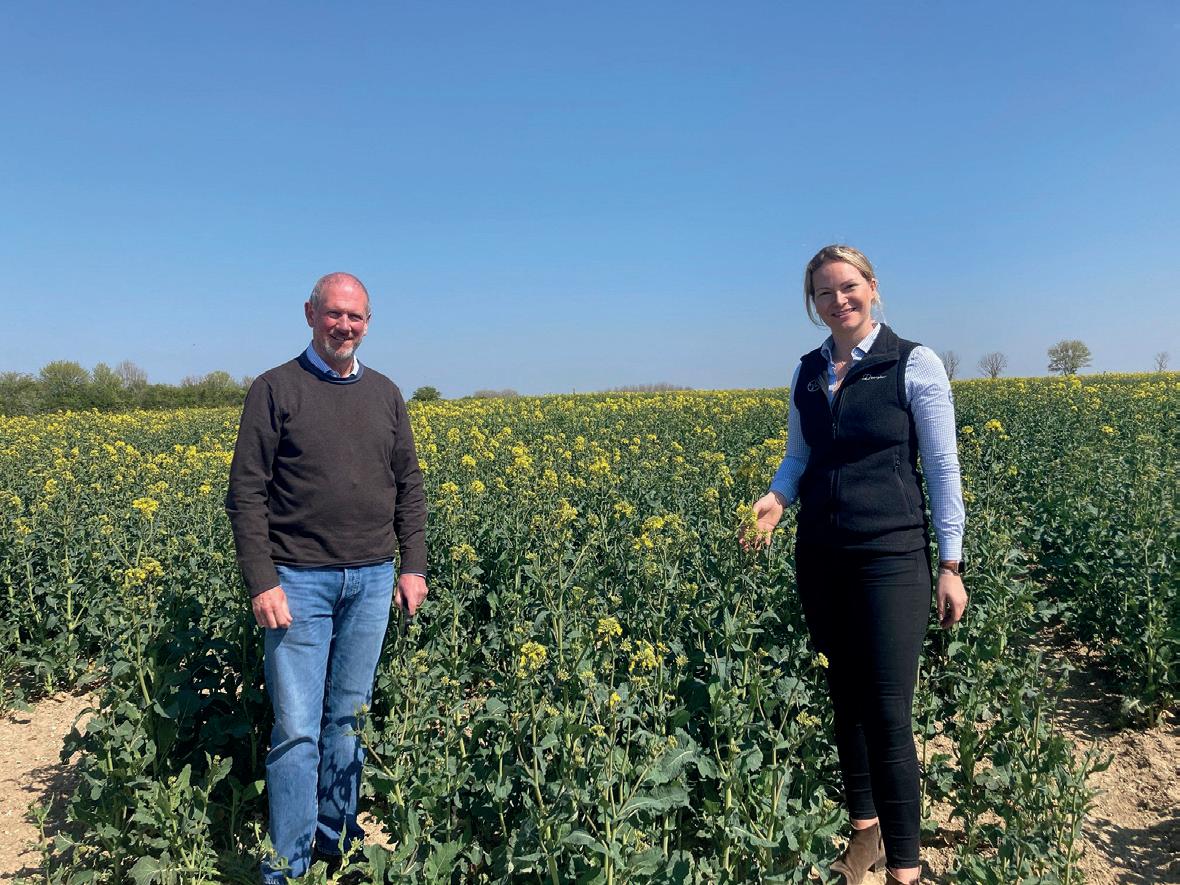
“This is a vast improvement on the 67% survival to spring we recorded in the last particularly challenging establishment season of 2019/20. And it’s certainly not what large numbers of growers were expecting after such a bone-dry summer.”
With almost two thirds of growers reporting very or fairly dry conditions at sowing –and only just over a third considering them at least reasonable – this year’s poll shows moisture levels at sowing were actually worse than 2019.

Together with sowing delays prompted by the very dry conditions, this left many crops particularly open to the normal late August/early September cabbage stem flea beetle challenge.
Although higher than the past two years, flea beetle pressure was well below the level of 2019, with only just over 20% of growers reporting substantial and intense challenges from the pest compared to more than 50% three seasons ago.
Over 80% of growers reported receiving enough rainfall between sowing and late-October. This almost certainly accounts for the very much better position of the current crop
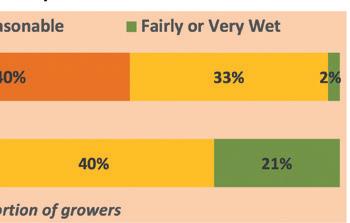
going into winter.
“As ever, our study shows considerable differences between the regions in flea beetle pressures and moisture conditions both at and after sowing,” says Ms Carr-Archer.
“Even those areas faring worst in terms of pest pressure and dryness, though, have markedly better average establishment scores than 2019.”
Unsurprisingly perhaps, the much drier August led to a clear reversal of the trend to earlier drilling recorded over the past three seasons, with nearly 60% of crops sown after 20 August against 45% in 2021.
“Unlike recent years too, it also meant that earlier sown crops didn’t necessarily establish better than those going in at a more traditional late-August timing, despite what continue to be higher flea beetle pressures at this time.
“This reinforces the importance of the balContinued on p21



Crops are performing well, says Lizzie Carr-Archer















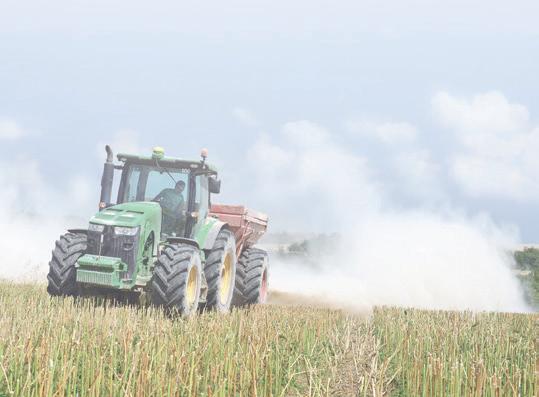


















































































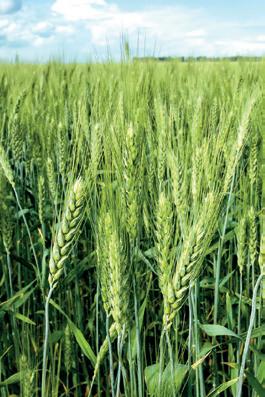



























Continued from p18
ance between pest pressure and moisture conditions in determining rape establishment. Our latest data show flea beetle pressure continues to have a greater impact on establishment than soil moisture.

“Crucially too, they underline that the real clincher in moisture terms is rainfall after sowing rather than conditions at drilling. The difference in average establishment score between the extremes here was almost twice that between the extremes of moisture at sowing.”

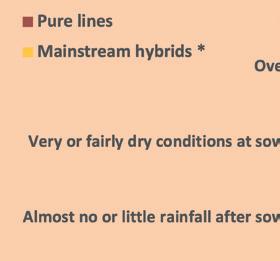
With drilling conditions so dry, Ms Carr-archer says it is no surprise that this year’s poll shows few overall differences in establishment success either between different establishment regimes or variety types.



But a noticeable gap was evident between hybrids and pure line varieties where crops were under the particular challenge of less than adequate rainfall after sowing. Together with lower levels of re-drilling, this underlines the benefits of modern hybrids.
“Greater flea beetle pressures this season inevitably led to greater insecticide use at establishment than in recent years,” says Ms Carr-Archer. “Even so, it’s encouraging to more growers deliberately avoiding insecticide spraying.
“This season’s poll gives particular confi-




















dence to those not letting the very dry early autumn put them off sticking with or increasing their winter OSR growing for 2023 – although there’s a lot of water to go under the bridge yet.”
Having said that, the importance of establishment quality to crop performance and the extent to which later sowing reduces the flea beetle threat means there is likely to be a substantial year-on-year increase in the crop area going to harvest.
“After all, even in the particularly damaging CSFB season of 2019/20 growers only recorded an average crop loss of around 6% between early spring and harvest,” says Ms Carr-Archer.
This is a vast improvement in survival
“

• Shorter varieties are more robust







• Seeds planted deep for moisture
• No adverse effect on emergence
Semi-dwarf wheat varieties with improved drought resilience may soon be grown in fields across the world – thanks to Norfolk scientists.
Researchers at the John Innes Centre have discovered a height-reducing



Varieties of wheat with the Rht13 gene could be rapidly bred into wheat varieties to enable farmers to grow reduced-height wheat in drier soil conditions, said John Innes Centre group leader Philippa Borrill.
“We have found a new mechanism that can make reduced-height wheat varieties without some of the disadvantages associated with the conventional semi-dwarfing genes,” said Dr Borrill, who co-authored the study.
“The discovery of the gene, its effects and exact location on the wheat genome, means that we can give breeders a perfect genetic marker to allow them to breed more climate-resilient
The findings, which appear in the Proceedings of the National Academy of
Sciences (PNAS), suggest that additional agronomic benefits of the new semi-dwarfing gene may include stiffer stems, making crops better able to withstand stormier weather.
Since the 1960s, reduced height genes have increased global wheat yields because the short-stemmed wheat they produce puts more investment into the grains rather than into the stems. They also have improved standing ability.
But the so-called Green Revolution genes which were bred into wheat in the 1960s also had a significant disadvantage: when these varieties are planted deeper to reach moisture in dry conditions, they can fail to reach the surface of the soil.
The newly discovered Rht13 dwarf gene overcomes this problem of seedling emergence because the gene acts
in tissues higher up in the wheat stem – so the dwarfing mechanism only takes effect once the seedling has fully emerged.
This gives farmers a significant advantage when planting deeper in dry conditions.





The discovery of the Rht13 dwarfing gene was made possible by recent advances in wheat genomic research, principally the publication in 2020 of the Pan Genome, an atlas of 15 wheat genomes collected from around the world.

Earlier studies had identified the Rht13 locus – the region of DNA – as located on chromosome 7B on the wheat genome but the underlying gene had not been identified.
In collaboration with the group of Wolfgang Spielmeyer at CSIRO Australia, researchers used RNA and chromosome sequencing to track down the new semi-dwarfing gene.
They found a one- point mutation change – a single letter change in a sequence of DNA – and this variation on the Rht13 locus encodes an autoactive NB-LRR gene, a defence related
gene, that is switched on all the time.
Experiments testing the effects of the gene confirmed that the Rht13 variation represents a new class of reduced height gene – more commonly associated with disease resistance as opposed to the widely used Green Revolution genes which affect overall growth.
“This is an exciting discovery because it opens a new way to use these autoactive NB-LRR genes in breeding in agriculture,” explains Dr Borrill.
“In dry environments, the alternative reduced height gene will allow farmers to sow seeds at depth – and not have to gamble on the seedlings emerging.

“We think the stiffer stems could result in less lodging – where stems fall over – and the upregulation of a pathogen related dwarfing gene may help to enhance resistance response to certain pathogens.”
The next step is to test how this gene works in different climates from the UK to Australia. Researchers also investigating how the mechanism works – which may be down to molecular restrictions on the cell wall preventing elongation.





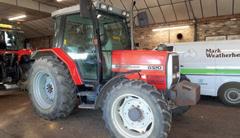
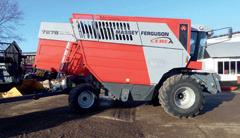
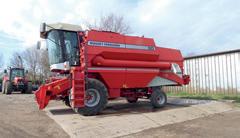

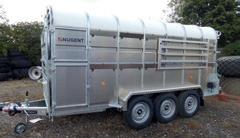
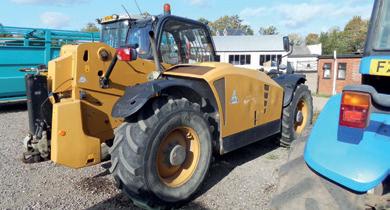







Bigger yields – especially in barley and oilseed rape – are promised by the latest varieties recommended by the Agriculture and Horticulture Development Board.
The latest Recommended Lists for cereals and oilseeds 2023/24 include a relatively small number of new varieties – but among them are the first new winter malting barley and winter oat varieties for several years.
“We’ve seen relatively few new varieties on the lists this year,” says AHDB list manager Paul Gosling.
“Several years of plant-breeding advances mean the recommendation bar is set high. Relatively few candidate varieties performed better than the best-listed varieties to secure a recommendation.”
The winter barley list includes the first malting variety added since 2018. Buccaneer, from Saaten Union, offers a significant yield increase over the established two-row malting varieties, Craft and Electrum, alongside good disease resistance.
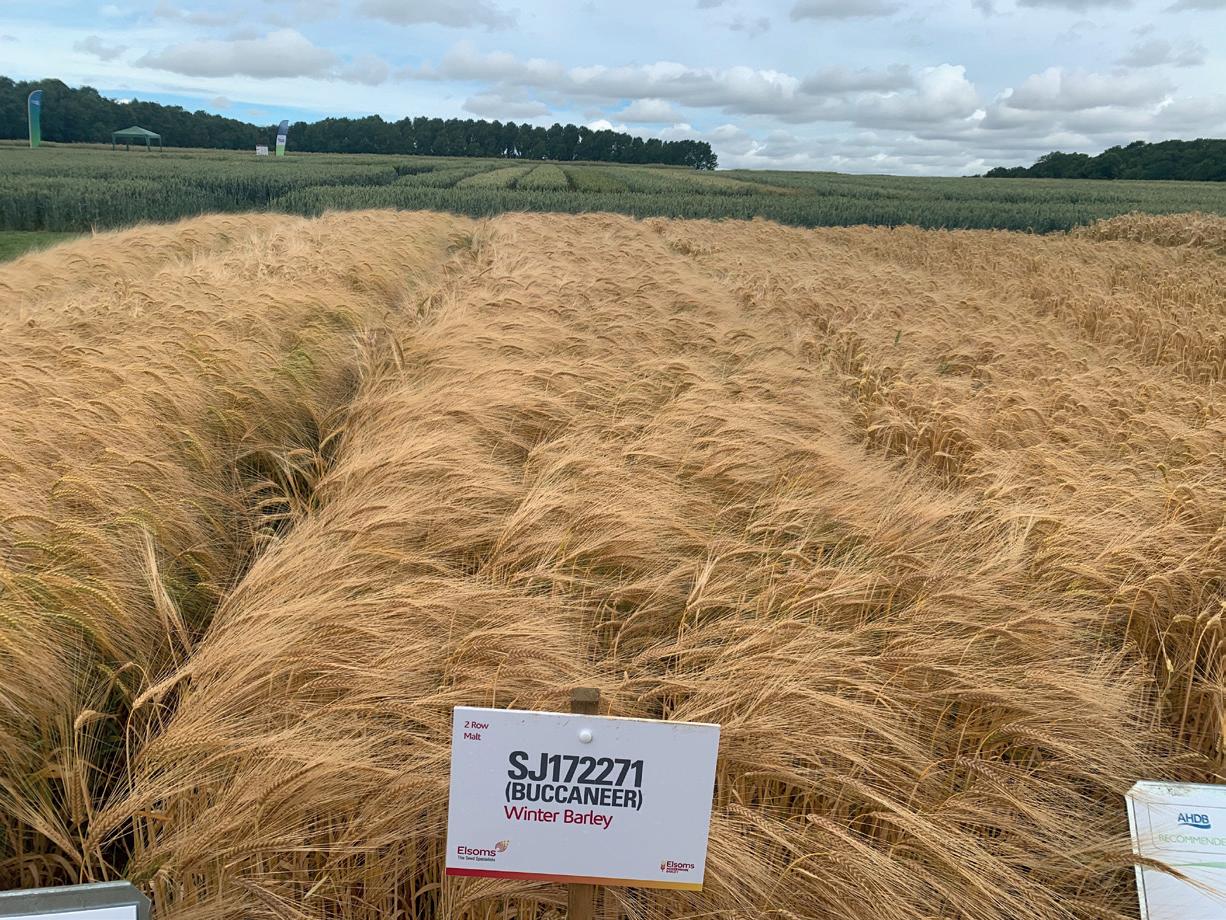
Two new two-row and one new sixrow hybrid varieties add strength to winter barley feed yields compared with current favourites. The two rows are Bolivia, from Agrii; and LG Caravelle, from Limagrain.
The latter offers a particularly high yield in the east region and a good specific weight. The new six-row hybrid SY Nephin, from Syngenta, is notable for its disease resistance rating of 8 for rhynchosporium.
Six new spring barley varieties are under evaluation by the Malting Barley Committee – three for brewing, two for brewing and malt distilling, and one for malt distilling. These offer improvements in yield or disease resistance.
The spring barley list sees feed vari-
sistance to light leaf spot.
A new conventional variety for the UK, Tom, from CBI, offers a small yield increase but adds options for this important seed-market component. The list also includes Beatrix from DSV, a new Clearfield variety for the North region.
The 2023/24 list features the first newly added winter oat variety since 2018/19. Cromwell, from Senova, offers good yield and grain quality. New
The 2023/24 recommended lists for wheat, barley, oats and winter oilseed rape can be accessed online –alongside updated descriptive lists for spring oilseed rape, spring linseed, winter triticale and winter rye. For details, visit www.ahdb.org.uk
For winter wheat, the latest RL includes one new UKFM Group 2 bread-making variety, KWS Ultimatum, and one new UKFM Group 3 biscuit-wheat variety, RGT Wilkinson.
The list also adds two new feed varieties for the East/West region: hard-textured Oxford, from DSV, and soft-textured LG Redwald. The latter requires careful lodging management.
There is also a new soft Group 4 for the North region, KWS Zealum, which is likely to be of interest to the distilling market.
Three new varieties have been added to the spring wheat list, offering good grain quality and yields.
They are UKFM Group 1 KWS Harsum, which has particularly high yield; and UKFM Group 2 KWS Alicium and KWS Lightum.
Plant breeder Limagrain sees its wheat, winter barley and oilseed rape varieties take leading positions across the 2023/24 AHDB Recommended List.
LG Redwald takes poll position as the highest yielding winter wheat and LG Caravelle is the highest yielding two row winter barley. Meanwhile, LG Attica joins as the highest yielding oilseed rape variety – with pod shatter and turnip yellows resistance.
National list trials saw Redwald yield 107% in the UK, 107% in the east and 109% in the west. As a soft wheat, it also offers potential for distilling. Trials are conducted over a mix of seasons, drilling dates and soil types.

Redwald boasts good resistance to septoria and orange wheat blossom midge. “It is an exciting variety that should deliver for growers,” says Limagrain arable technical manager Ron Granger.
Good agronomic practice will ensure Redwald meets its full potential on farm, adds Mr Granger. It comes at a time when growers are looking more than ever to maximise output in order to maintain profit in times of increasing costs, he says.
Caravelle is the highest yielding tworow winter barley to join the 2023 Recommended List. Limagrain says the newcomer dispels any misconception that two-row varieties are lower yielding than hybrids.
Offering UK yields of 106.3%which is as good as the top yielding hybrid barley variety and yielding 2% above hybrids in the east. It is an early maturing variety with stiff straw; both important characteristics for a winter barley.
These high yields are backed up by an excellent disease profile, reflected in
LG Caravelle’s high untreated yields.
This variety also offers an exceptionally high specific weight for a winter barley of 71.8 kg/hl.
Attica is a newly recommended fully loaded hybrid with full UK Recommendation. It joins the Recommended List as the highest yielding variety to combine stable high yields with the genetic security of TuYV and pod shat-
“This is a tremendous achievement and is the first time that any breeder has achieved this level of success across all of the cropping sectors in the last decade, if not longer,” says Limagrain UK marketing manager William Charlton.
“We believe this success is built on our unique UK focused breeding approach, which means we are able to select for the UK’s maritime climate from day one in the breeding programme.
“This allows us to look for consistently high yielding varieties from the very start of our programme, to suit UK growers and end user requirements.”
ter resistance traits.
Attica has a strong autumn growth habit, offering growers a wide drilling window and a very good disease resistance package.
Meanwhile LG Wagner is the highest yielding variety (108.1%) for the north. It was the highest yielder in 2022 – and also offers pod shatter and TuYV resistance. A shorter hybrid with stiff stems, it has good light leaf spot resistance and good stem health.
Buccanner tops the list of two-row winter malting barley varieties for 2023, with a strong disease resistance package and good performance in trials.
Marketed by Elsoms Seeds and bred by Sejet Plant Breeding, the variety has a treated yield of 99.7%. It has a brown rust score of 8.1 and rhynchosporium score of 7.2, with
low susceptibility to net blotch and brackling.
“It offers growers the benefits of both a high untreated and treated yield, due to its excellent disease resistance package,” says George Goodwin, technical manager for Elsoms Seeds.
“With a current amber listing from the Malting Barley Committee, it has performed
consistently well in malting trials showing good hot water extract, wort viscosity and Beta-glucan levels.”
Based on current malting test results, Mr Goodwin says he is “very confident” Buccaneer will achieve full malting approval status by December 2023. Seed will be available for autumn 2023, he adds.
“
Three new barley varieties from Syngenta have been added to the latest AHDB Recommended Lists.
SY Nephin is a high-performance hybrid winter barley which combines high yield with excellent specific weight and outstanding disease resistance.
A high untreated yield is typically indicative of a variety with excellent disease resistance – and Nephin has the highest resistance score against key disease rhynchosporium, says Syngenta UK marketing manager Sarah Hughes.
“With weather patterns becoming increasingly unpredictable and extreme, and the effects of this on disease pressures, flexibility when it comes to a variety’s disease management and fungicide spray timings can be a significant benefit on-farm.”
Nephin has high and stable yields, grass weed suppression effects, and other benefits associated with hybrid vigour. “Growers looking to try a new hybrid barley variety can choose SY Nephin with confidence,” adds Mrs Hughes.
Spring barley SY Tennyson joins the list with the highest UK treated (105.2% treated controls) yield figure for a variety with potential for both brewing and malt distilling.
“This high yield is seen throughout the regions, but particularly in the North and the East of the UK where it has given outstanding results,” says Syngenta seeds portfolio marketing manager Kathryn Hamlen.
“SY Tennyson has a good agronomic profile, with stiff straw and a high untreated yield. It also has potential for the two main malting markets in the UK – brewing and malt distilling – which makes it an exciting prospect for growers and end users alike.”
Meanwhile, SY Signet is a high-yielding spring malting barley under test for brewing, says Mrs Hamlen. “SY Signet has shown the important characteristic of yield consistency over the last three years, a time when the UK has seen varied weather.


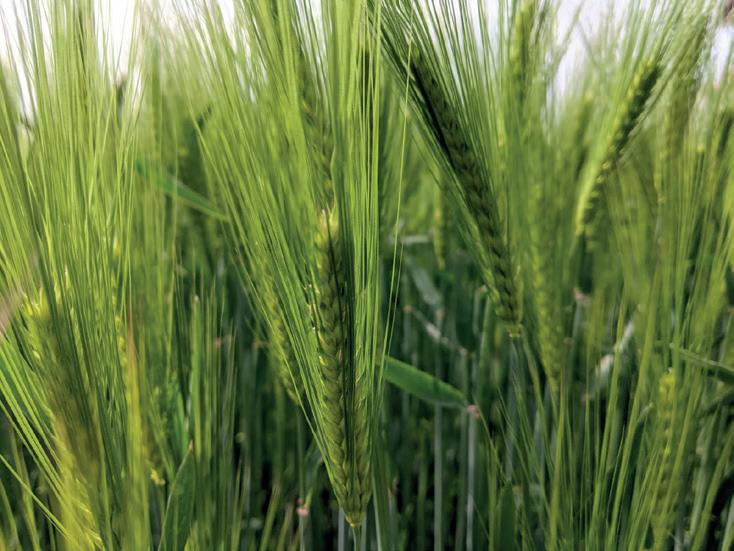
“SY Signet also has a strong disease re-
acteristics, give SY Signet a strong all-round package for protecting yield and quality.”
Both SY Tennyson and SY Signet will continue to the next stage of industry testing with the hope of being future additions to the MBC list of approved varieties for UK malting markets, Mrs Hamlen adds.
Group 2 wheat KWS Ultimatum brings the high untreated yield performance growers have come to expect from the KWS stable – alongside excellent grain and field performance, says the breeder's Mark Dodds.
“KWS Ultimatum achieves a commendable yield of 101% of controls for the whole of the UK, fractionally behind KWS Extase, but this rises to 103% for the North,” he says.
“It delivers great performance in the second wheat spot, where 60% of milling wheats
and 40% of wheat overall is grown, achieving 102% of controls and it performs equally well on heavy and light soils.
“It’s got an excellent untreated yield of 93% of controls, just behind the gold standard KWS Extase, supported by an excellent disease package including a 9 for yellow rust and a 6 for brown rust giving it a better combination of rust resistances than similar varieties.”
Eyespot and Fusarium resistance at 5 and
7 respectively are extremely strong too, says Mr Dodds.
“Quality wise, KWS Ultimatum has the best resistance to sprouting in the breadmaking sector which is very important to growers aiming for premium specifications and those in tougher microclimates.
“The variety delivers a protein content of 12.3%, a Hagberg Falling Number (HFN) of 287, a specific weight of 79.6 kg/hl and has been rated as Group 2 by the UK Flour Millers with the added bonus of UKP Export status.”











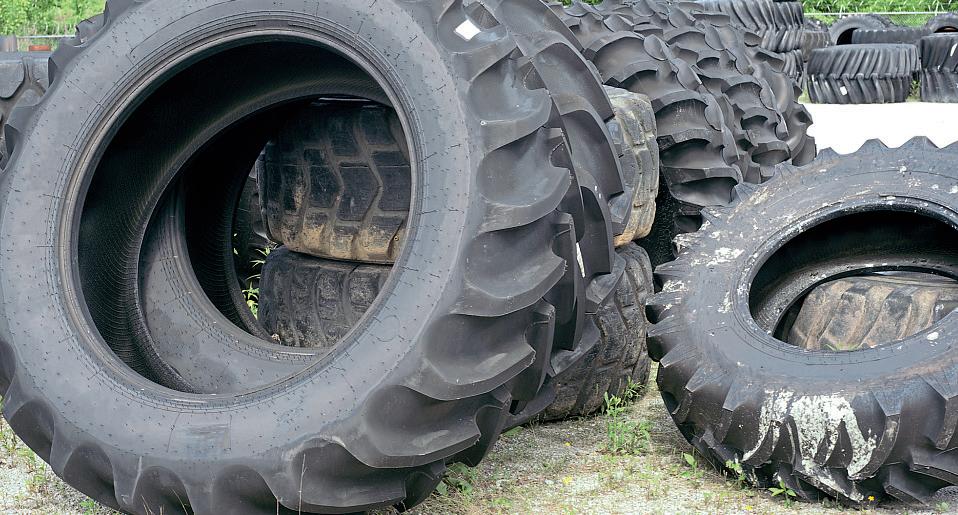


































The latest recommended spring barley from KWS meets meets the demands of growers, the supply chain and the environment, says the breeder.
The addition of KWS Curtis to the 2023/24 AHDB Recommended List underlines the company's commitment to breeding spring barleys that deliver in the malthouse and the field, says product manager Kirsty Richards.

“The first of a pipeline of similar high performers now entering candidate trials, KWS Curtis is a strong allround variety bred specifically to be easy to grow and manage while meeting the demands of the supply chain.
“It’s a high yielding two-row variety that outperforms best in class for quality while delivering the highest spirit yields/ha of crop combined with reduced levels of carbon emissions throughout the production cycle.






“It’s a great example of how genetics can contribute to more sustainable production being strongly aligned with our Sowing for Peak Performance (SPP) initiative arming customers with the varieties needed for success in an increasingly challenging future.”
KWS UK spring barley breeder Henry Barber says the resilience and
performance of Curtis has been tested in a variety of growing conditions across Europe with the variety having an agronomic profile perfectly suited to the UK.

“It’s a variety that performs well across the country with treated yields of 105% of controls in the east and 103% in the north and west regions with an average yield of 104% for the UK as a whole,” says Dr Barber.
“These yields have been remarkably consistent over the last three years of trials despite very different spring seasons. Untreated yield is very high at Similar high performing varieties are in the pipeline, says Kirsty Richards
93%, too, giving growers a range of production options.
“It gets an exceptional 9 for mildew resistance and a 7 for rhynchosporium, while its 4 for brown rust is comparable with established market leaders. KWS Curtis has been bred to be a very safe bet for growers in terms of field performance as well.”
A score of 8 for lodging resistance without PGRs is best in class and compares well to the 6s achieved by the many commercialised malting varieties, says Dr Barber. Meanwhile, its 9 for brackling resistance is strengthened by a height of just 69cm.
As a potential dual purpose malting

er field yield and spirit yield means every 1000 litres of alcohol results in 120kg less CO2 produced than a competing variety. In brewing, its CO2 output was 10% lower.
“This means KWS Curtis offers significant potential across the board from higher yields and quality for growers to higher alcohol yields from every tonne of grain for distillers and lower CO2 production to help mitigate against climate change.”

High performance spring barleys KWS Premis and KWS Nelis follow in the path of KWS Curtis with significant production and environmental potential.
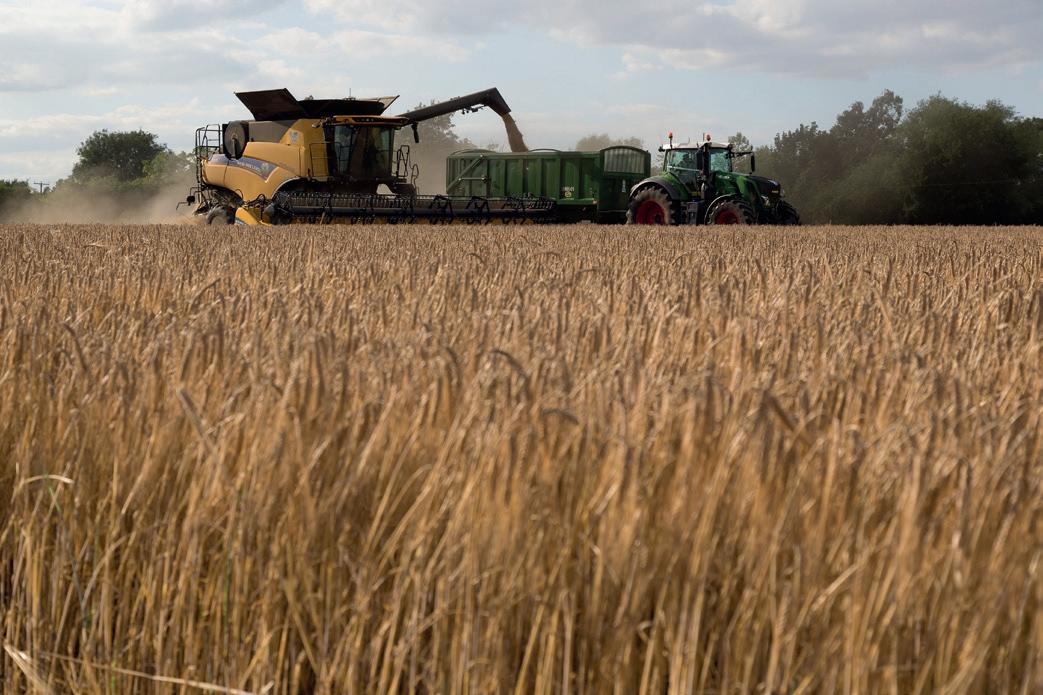

•
ance to brown rust and Septoria tritici. It also carries the Pch1 resistance gene to eyespot.

•
•


Two cereal varieties from RAGT Seeds have gained full UK approval on AHDB’s 2023/24 Recommended List.
High-yielding biscuit wheat RGT Wilkinson has potential to improve on-farm performance in the Group 3 sector, says the breeder. It performs well across all soil types – particularly as a first wheat – and is is best suited to the main and later drilling slots.
“RGT Wilkinson has performed very well in RL trials, out-yielding key competitor varieties,” says RAGT technical sales manager Cathy Hooper. “This advantage has fed through to all the regions.”

RGT Wilkinson has good resistance to mildew and yellow rust, and moderate resist-








Growers can expect medium fast development in the autumn and spring, says Dr Hooper. “The variety has a semi-erect growth habit and medium tillering. It has short, stiff straw and is relatively early to mature.”
Grain is good quality with relatively high Hagberg Falling Number for the Group 3 sector of 264, and meets all the Group 3 criteria. It is suitable for export and is rated medium for distilling.
“Growers looking for a strong Group 3 variety with non-Cougar Septoria resistance that offers flexible drilling dates – but still ripens earlier in our experience than some of the more recent additions to the sector –should certainly consider RGT Wilkinson.”

RGT Vaughan is the first recommended spring oat from RAGT to achieve full approval. “This new variety features a powerful com-
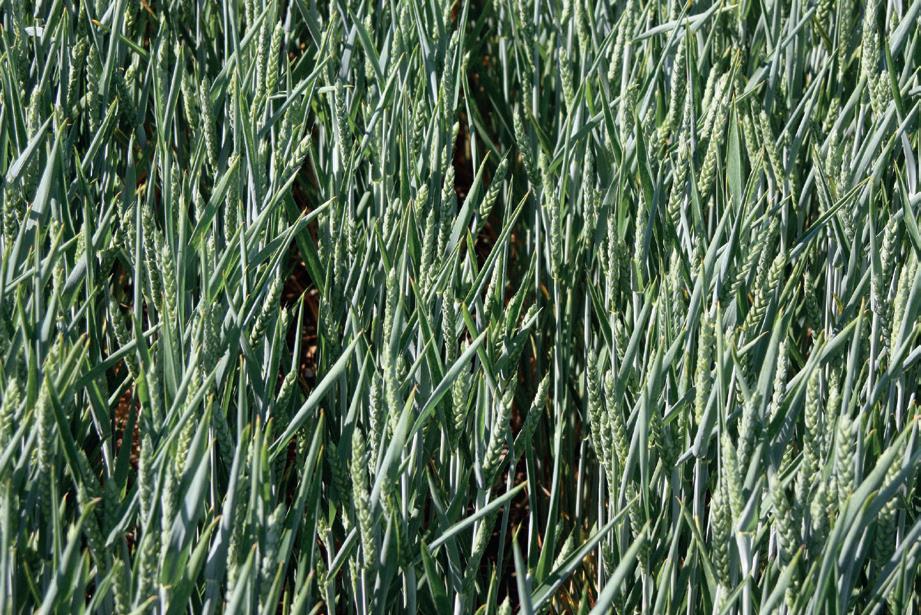
ease resistance,” says Dr Hooper.
“Its specific weight is one of the best on the 2023/24 list at 52.3kg/hl, which is the second highest on the AHDB’s five-year report. It also features consistently low screenings,
nel content of 72.9%. weight.”
The variety also stands well thanks to its good straw strength that delivers an untreated lodging score of 7, and it is early ripening, providing extra insurance at harvest.
The next generation of BYDV resistant wheats is a step closer to market following the promotion of RGT Grouse to the AHDB Candidate list 2023.
A Group 4 hard variety on a Santiago genetic background, with good yield potential and disease resistance, RGT Grouse is the latest in a pipeline of BYDV-resistant varieties and also has resistance to orange wheat blossom midge.

“This is the first of several varieties coming through with this double resistance, enabling many growers to produce insecticide-free wheat, which has obvious attractions within all markets,” says RAGT product manager Tom Dummett.
A slower developing type, Grouse is highly suited to earlier sowings when the risk of BYDV is at its highest, adds Mr Dummett.
“It is a good-looking wheat with a pros-
RGT Vaughan’s disease profile is the among the best, adds Dr Hooper. “RGT Vaughan features the best combination of untreated yield, at 93%, and disease resistance among its comparators, including an 8 for mildew and 4.4 for crown rust.”

Top yielding winter oilseed rape on the latest AHDB recommended list is newly-added variety Turing from LS Plant Breeding.
Two other new varieties – Murray and Vegas – giving growers a choice of three LSPB varieties in the top five of the recommended list – springboarding the breeder back into the limelight for winter oilseed rape.
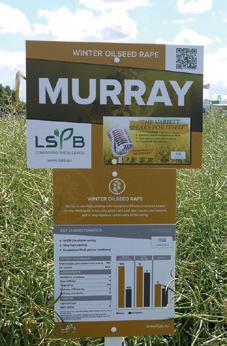
LSPB managing director Chris Guest said: “We are delighted to be able to offer growers these three top-of-the-list varieties across the regional areas of the UK – both the East-West and North regions.”
Meanwhile, winter oilseed rape variety Zidane joins the HDB candidate list, with stablemates Flemming and Respect maintaining their position on the recommended list for the for the East-West region.
The varieties underline the results of innovation in the company’s breeding programme, said Mr Guest. This includes varieties with higher yields and robust agronomics which deliver consistent per-
formance.
“They bring restored hybrids with the high resistance to Stem canker from the new major gene Phoma resistance RlmS – benefiting varieties such as Murray and Vegas, with very high disease ratings, alongside excellent light leaf spot resistance.”
Turing is an exciting addition to the recommended list, adds Mr Guest. It has excellent yield potential, backed up with robust light leaf spot resistance – and outstanding autumn and spring vigour.
“Stem health is a key component of our new genetics – and we see this as a large driver to high yield potential and robust plant health, which also gives good tolerance to late season diseases including verticillium wilt.”
The list also highlights the continuing important place for growers occupied by LSPB’s clubroot resistant variety Crome with a specific recommendation for the UK for growing on land infected with common strains of clubroot.
For specialist markets, LSPB offers Resort – the only high erucic acid (HEAR) variety on the AHDB Described List. This aims to fulfil
trate autumn and winter growth and high tillering capacity, as well as excellent tiller retention that lends itself to a denser canopy. Ear fertility is good, with an outstanding bright finish.”
Anticipating keen demand for the variety, RAGT has fast-tracked seed production, so significant quantities of commercial seed will be available for autumn 2023, when the variety will be up for full recommendation.
“RAGT is the first company to introduce the BYDV resistance trait into a commercial wheat line in Europe. The resistance trait offers protection from the day the wheat is planted to the day it is harvested, for less than the cost of a single pyrethroid spray.
“It simplifies crop management, removing the need to monitor and control aphid populations with foliar-applied insecticide sprays while benefiting the environment.”
Grain quality, including screenings, hulling losses and specific weight have been deemed commercially acceptable in 2020 and 2021. “Along with its good agronomic characteristics and yield, this suggests a spring oat with a very bright future.”
Winter varieties Murray and Vegas are also in the top five
market demand for use in industrial processes and can offer a considerable premium over conventional double low varieties.

“These results are a testament to our oilseed rape breeding programme backed by our parent company NPZ, and breeding colleagues both here in the UK and in the wider European network,” said Mr Guest.
“For the future, we have varieties progressing through the trials system featuring stacked traits as we continue to strive for the best hybrids with improved yield and agronomics added to consistency in performance.”

Cereal growers deciding when to stop planting winter wheat so fields can be put into spring barley may need to factor in continued high fertiliser costs.

Last year’s kind autumn saw good progress with winter wheat drilling. But as drilling shifts later, there comes a point when deciding to drill a spring crop instead becomes more attractive, says Syngenta seeds portfolio marketing manager Kathryn Hamlen.
Typically, this decision revolves around factors such as the declining yield potential of winter wheat with later drilling and concerns about crop establishment, says Mrs Hamlen. But high fertiliser costs mean the lower nitrogen fertiliser requirement of spring malting barley has increasingly become part of the equation.
“Clearly, fertiliser doses need calculating on a field-by-field basis, taking into account factors such as location restrictions, soil type and previous crop.”
Trials have indicated that the optimum nitrogen fertiliser dose for the popular spring malting barley variety Laureate is 125150 kg/ha when targeting brewing or 100-125 kg/ha when targeting malt distilling.


This was based on achieving a good yield while not exceeding a grain nitrogen content of 1.75% for brewing or of 1.65% for malt distilling. And it is much less than the 200kg/ha of nitrogen fertiliser
that might be applied to a winter feed wheat crop,
Although by far the vast majority of winter wheat has now been drilled, many fields of winter wheat are planted later, after sugar beet and potatoes – typically involving increased difficulty

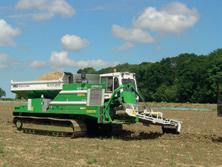

different latest sowing dates based on their vernalisation requirements, which growers need to check.
Syngenta says rowers should consider flexible varieties
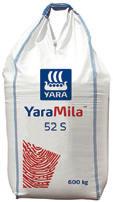

Left: Spring barley typically has a lower nitrogen fertiliser
“With any cereal crop, sowing into good seedbeds is also vital, and spring barley is no exception. But spring barley has a wide drilling window – it can be sown through to April in appropriate situations, allowing plenty of time for preparing seedbeds.

“In suitable situations, it is also possible to drill spring barley in December, which can give a strong crop with higher yield potential. However, this increases disease risk, and it doesn’t suit every situation, so it may be better to delay into the New Year to allow soil and weather conditions to improve.
“If opting to grow spring malting barley, look for a variety that has shown consistent performance and that offers flexibility to target brewing and malt distilling markets to help manage risk, such as Laureate.”


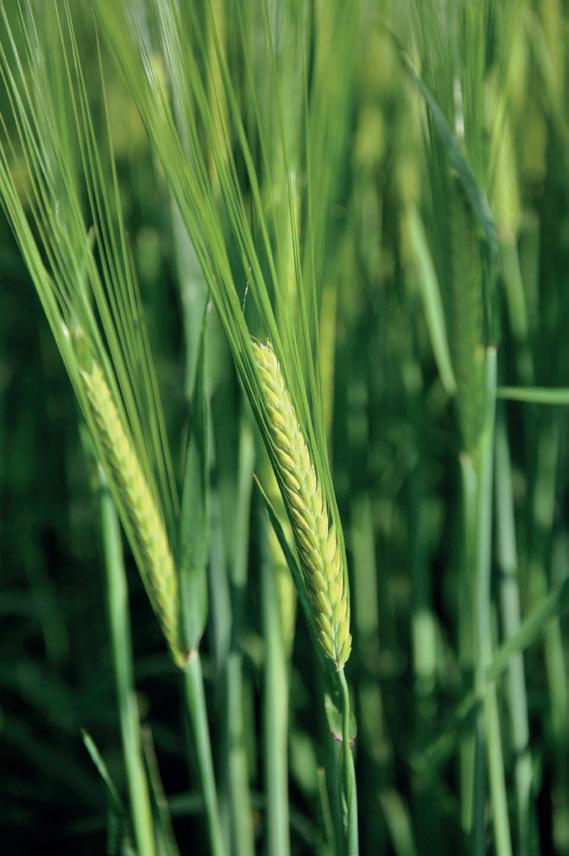
“Whichever crop is planted, be aware that certain restrictions on the use of crop protection products may apply, not only based on whether the variety is listed as a winter or spring variety but also depending on the crop’s planting date.
“This, along with fertiliser dose, is worth seeking qualified advice on.”
•
• Avoid sulphonyl urea carry-over
• Watch out for persistency in soil
Growers should consid er spring spray pro grammes carefully to avoid carry-over of any residual activity from sulphonyl urea (SU) herbicides, say agronomists.
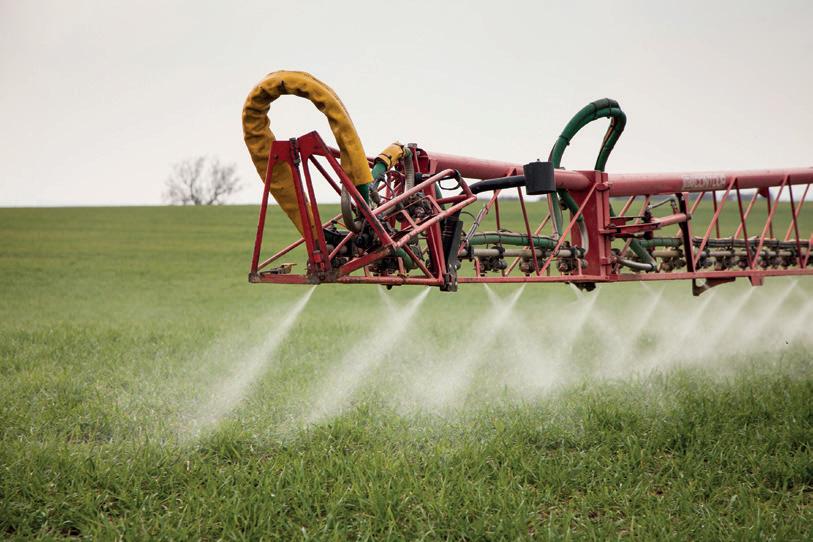
“This is particularly the case for those growers thinking about increasing the areas of cover crops they will grow next summer or for those thinking of coming back into or extending their oilseed rape acreage, says Dick Neale, technical manager for Hutchinsons.
“The value of both crops is high so it’s best to avoid compromising their establishment if avoidable. This puts more significance on how weed control is built up in the spring to avoid residual herbicide activity carrying over.
“It doesn’t mean holding off controlling the difficult weeds, but look at how ‘softer’ sulphonyl ureas (SUs) could work while still controlling the weeds without the long tail of residuality. It’s the fine details that will matter.”
Grassweed contacts such as SUs Hatra (mesosulfuron-methyl and 2g/L iodosulfuron-methyl-sodium) and Pacifica Plus (30g/kg mesosulfuron-methyl, 10g/kg iodosulfuron-methyl-sodium and 50g/kg amidosulfuron) can have long lasting effects in the soil.
Growers should consider this if planning to incorporate them in spring herbicide programmes where cover crops or oilseed rape is following, says Mr Neale.
“We used to apply these products in the autumn and issues rarely occurred, but as their efficacy on blackgrass has declined they are now increasingly used to tackle wild oats, bromes and ryegrass with a spring application.”
“Wild oats can emerge anytime from February to April and it is when herbicides are applied later to these crops that issues can be seen in follow-
Broadleaf weed SUs, such as those in Ally Max (metsulfuron methyl and tribenuron methyl), cover a whole range of weeds. It has an extended growth stage on its label so is a popular option – but it is also very persistent in the soil.
Mr Neale suggests an alternative to this would be to use tribenuron methyl and thifensulfuron as a mix with no metsulfuron.
“Although there is a reduced weed spectrum there is nowhere near the same levels of persistence. Other options would be products with actives containing florasulam and fluroxpyr or florasulam and hauloxyfen-methyl.”
Mr Neale says it is important to avoid stacking herbicides with the same active as it is easy to reach damaging levels this way without realising it.
“You want to avoid levels of DFF building up as it is very residual and can form a pencil thin line in the top of the soil,” he explains. “When a new crop meets this it can really knock the vigour out of it.
“It’s not difficult for this to happen without realising it. For example, if a pre-emergence application of Liberator (flufenacet and diflufenican) goes on at 0.6l/ha this contains 60gms of DFF.”
“If using a split label rate then it is possible to go back on post-emergence six weeks later, of which is perfectly legal and safe to do, with 0.3l/ ha (30gms DFF) making that a total
But if Crystal (flufenacet and pendimethalin) is also being used in the programme, DFF is often added to this. That adds in another 50gms of DFF which if then followed up with 0.6l/ ha Liberator takes the amount of DFF up to 110gms.
“As its been dry it’s possible that one of the applications hasn’t worked, so blackgrass might be starting to come through, which means another 0.3l/ ha Liberator (30gms DFF) is added to the mix, which would bring the total amount of DFF up to a total of 140gms.
“This shows how important it is to scrutinise the partner contents of all products and use product sequences that reduce the overall loading of persistent actives. For example, flufenacet can be sourced with picolinafen or pendimethalin and as a straight active.”
When establishing cover crops within an regenerative farming situation, experience shows that everything has to be in your favour in the summer to get covers away well, says Ed Brown, head of agro-ecology at Hutchinsons.
Adequate moisture, timely harvest, effective establishment technique are all imporetant, says Mr Brown. We can’t guarantee that all of those come together every year, so we don’t need herbicide residues adding another potential impact on success.
“It’s important that all cultural controls should have been employed meaning that a winter crop is only considered when the grassweed burden is at a manageable level and doesn’t require huge stacks of residual, therefore avoiding the DFF issue.”

How to avoid residual herbicide carry over
The value of both crops is high
“


Afree nutrient calculator is being made available for growers and agronomists this coming season – thanks to fertiliser manufacturer Yara.
Making the Atfarm nutrient management platform completely free of charge will encourage more farmers to take full advantage of Yara UK’s nitrogen fertiliser portfolio, says managing director Jari Pentinmaki.

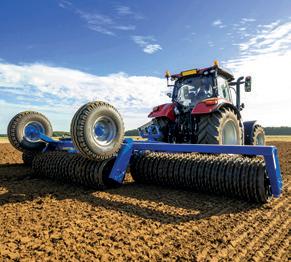

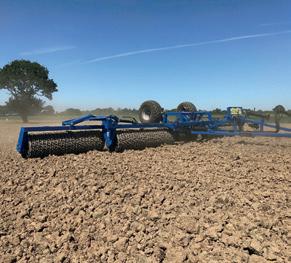
The Atfarm digital platform helps farmers apply nitrogen more precisely. It uses satellite images to monitor crop growth, enabling farmers and agronomists to create variable rate application maps in just minutes.




Farms are also able to use Yara's Nitrogen Tester BT to get field specific nitrogen recommendations for their cereal crops, as well as monitoring the leaves nitrogen status as spring growth progress.
Making Atfarm free follows feedback from farmers using the technology – and the improvements they’ve
seen in nitrogen-use efficiency as they strive to get better value for money in the face of high fertiliser prices.
“By making use of the digital tools, farmers can save on fertiliser costs without compromising yield and quality, while at the same time benefitting the environment,” explains Mr Pentinmaki.
“We want to do everything we can to support UK farmers. We hope that by encouraging farmers to explore the smart tools available to them, it will bring both financial and environmental benefits.”
NFU combinable crops board chairman Matt Culley welcomed the news. Raising nitrogen use efficiency on farms was a winwin for farmers who needed to buy less fertiliser – and for the envi-
ronment too.
Crops perform better and it is a relatively simple step to take, said Mr Culley. “The fact that it also contributes to a lower carbon footprint is something that will inevitably gain in importance as carbon markets and supply chains adjust.”
•
•
•
•
Yara says the free tools will save farmers money






pring bean variety Lynx from LS Plant Breeding leads the latest PGRO Descriptive List – joining varieties Ghengis, Victus, Macho, Vertigo and Yukon from the same breeder.

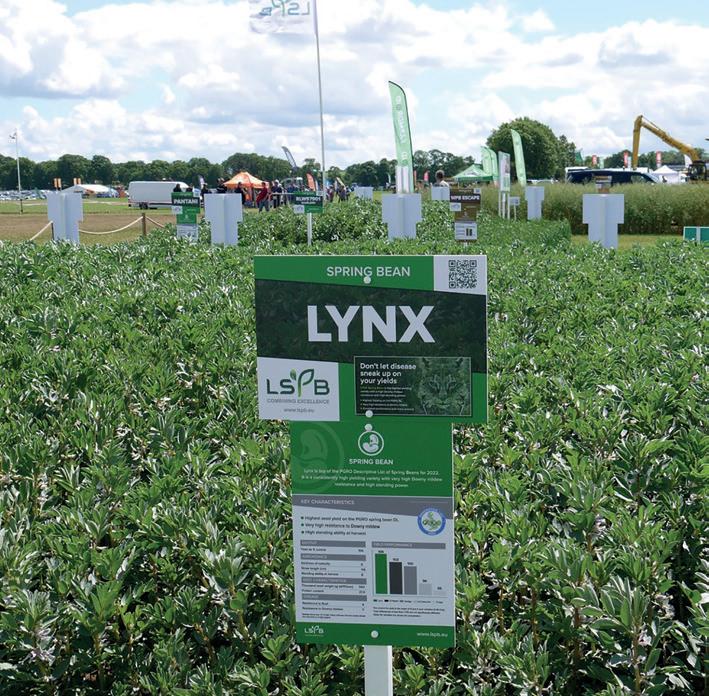
The list shows that low vicine/convicine (LVC) variety Victus is now closing the yield gap with conventional varieties, while Yukon continues to combine the earliest maturity with highest downy mildew on the list.

ing yellow pea with high thousand seed weight and a good set of agronomic characters. LSPB’s Akooma marrowfat pea is joined by new addition Takayama.
Both varieties bringing a significant yield boost over the older marrowfat varieties on the list, says LSPB pulses product manager Michael Shuldham.

Winter bean Pantani remains the earliest variety on the list with high standing ability matched with the shortest straw. Carrington green pea is again the top yielding combining pea on the PGRO DL along with newly added Butterfly, Stroma and Bluetime.
Orchestra is a very high yield-
“Our pulse varieties are a strong constituent of the new PGRO 2023 Descriptive Lists and show the continuing improvement of pulse varieties for yield, agronomic characters and marketability,” he says.

“All our pulse varieties, both continuing and added to the new list, as well as promising candidates in our pipeline, demonstrate our continuing commitment to developing the UK pulse crop in the future.”
Right: LSPB Lynx is the highest-yielding spring bean on the latest PGRO list. Left: More pulse varieties are in the pipeline, says Michael Shuldham

















Crop plots are set to come through winter well at the 2023 Cereals site – which will showcase many new varieties.
Exhibitors visited the 2023 Cereals site before Christmas to examine the crop plots at Thoresby Hall, Newark. Despite torrential rain, the autumn-drilled plots look a picture, said arable project manager Jonathan Backhouse.
“Everything about the new site is positive,” he said. “It’s easily accessible, very picturesque and has great facilities. The easy-working sandland makes for straightforward crop establishment and a free-draining show site.
“However, the flip-side of this means we could find ourselves watering regularly if we see drought-like conditions again this spring – fortunately Thoresby has excellent infrastructure in place for irrigation.”
The plot area is larger than last year, with both returning and new exhibitors. Many plots are being overseen by Ceres Rural agronomist Will Davies, who is pleased with how well they have grown away since autumn.
“Cereals is a good opportunity to see all of the varieties in one place and grown under the same conditions. You get an idea of what they look like under real conditions, not just reading statistics from the Recommended List.”
KWS has four new winter wheats, two new hybrid oilseed rape varieties and a new hybrid winter barley, which is currently the highest yielding in NL2 trials. Spring milling wheats KWS Ladum and Alicium will also be in the ground. “There are no new high quality winter milling varieties, so it’s good to have some new high yielding spring varieties coming through,” says KWS technical specialist Olivia Potter.
A mix of old and new varieties will feature on the DSV stand, including Champion winter wheat and its descendant Oxford, which has a more consistent yield, stiffer straw and good
resistance to both yellow rust and orange wheat blossom midge.
Farmers can view a range of Clearfield oilseed rape varieties, including Beatrix, a new unnamed high-yielding variety, and the hybrid Dolphin.
Natural England will focus on conservation mixes, with enhanced autumn and winter bird seed cover, pollinator mixes, and cover crops – including a clover living mulch for undersowing cereals, maize and oilseed rape.
Oilseed rape varieties Vegas, Murray and Flemming are new to the Recommended List, with some unnamed LSPB varieties still in national listing trials. Pulses include high-yielding pea Carrington, and early maturing spring bean Yukon.
Cultural pest management will be PGRO’s focus this year, demonstrating the trials work it has been carrying out for the past two years. It will feature vetch, lucerne and winter bean trap crops, sown alongside spring beans to attract damaging beetles.
In a first for Cereals, one set of plots is being taken through to harvest as a working replicated trial. It will compare applying Consortium Plus, a mix of beneficial soil microbes and biostimulants, with or without foliar nutrients and biostimulants through the season. The control will receive a standard fertiliser programme.
Visitors will have a rare chance to see some of the Watkins lines of wheat –grown from samples collected in the 1920s – in the ground at the Rothamsted plot. The organisation is also looking at herbal leys, cover crops and re-
The 60ha Cereals site includes crop plots from a range of plant breeders
duced tillage to build soil carbon.
Growers looking for something a bit different will find a range of alternative crops at Premium Crops’ site, including spring and winter linseed, high Omega 3 varieties, high erucic acid rapeseed, high protein spring wheat, naked oats and spelt.
Foliar nutrition and micronutrients are becoming increasingly popular, and Bionature will be growing oilseed rape and winter wheat trials treated with varying rates of Delta K liquid fertiliser and Tiptop 20.20.20, compared against standard fertiliser treatments.
Seed treatments are another area of interest, and AminoA is growing oilseed rape, triticale and winter wheat plots treated with STAART versus untreated plots. The firm is also looking at the impact of artificial nitrogen on soil microbiology.
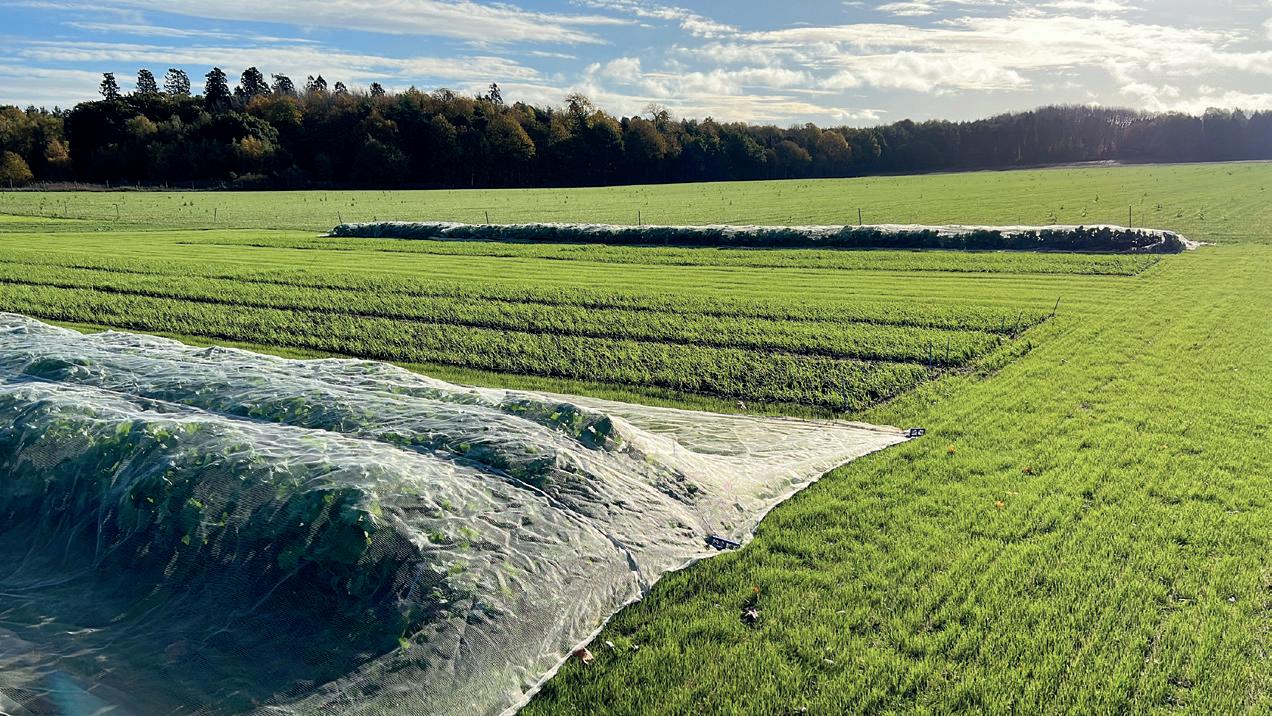
The ever popular birds and bees pollination mix will provide the photogenic backdrop to the Syngenta Sprays and Sprayers arena. Syngenta’s stand will also feature low and no-till cultivation trials, a new BYDV tolerant hybrid barley and a new winter milling wheat.




The 2023 Cereals event takes place on 13-14 June at a new location – the Thoresby Estate, near Newark, Nottinghamshire.



The 4,860ha estate has been in the Pierrepont family since the 1590s. Some 3,400ha is farmed in-hand, with the remainder being a mixture of commercial forestry, natural forest and let farms.
“We have a rotation of wheat, barley, maize, oilseed rape, beans, potatoes, carrots, onions and sugar beet,” says landowner Gregor Pierrepont.
There are also 120 Longhorn cows plus followers, 250 Hebridean and Greyface Dartmoor sheep and 1100 Mule crosses.
Charity Cereals is donating 50% of ticket sales to charity – the Multiple System Atrophy Trust, chosen by the hosting family. “It’s very close to our hearts as it was set up by my aunt Sarah, who was afflicted by this very rare disease,” said Mr Pierrepont.
For full details, visit www.cerealsevent.co.uk.




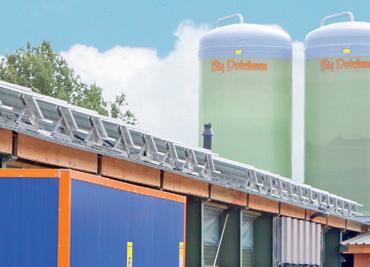
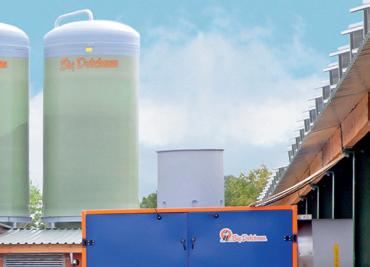




Meat processor ABP has announced a £1.5m investment to help 350 beef and sheep farmers to become more sustainable.
Called PRISM 2030, the new iniaitive will help participants improve their carbon footprint and sustainability over 2-3 years. It will include assessment of carbon footprint, soil health, water use and support biodiversity creation and resource efficiency.
Support from Harper Adams University and the Andersons Centre will give farmers direct access to the latest environmental innovations.
A sustainability grant will also be available, alongside peer-to-peer learning and expert advice throughout.
ABP sustainability director Dean Holroyd said: “British red meat production is among the most sustainable in the world, but we can and must do more because as an industry, we are well placed to be part of the climate solution.”
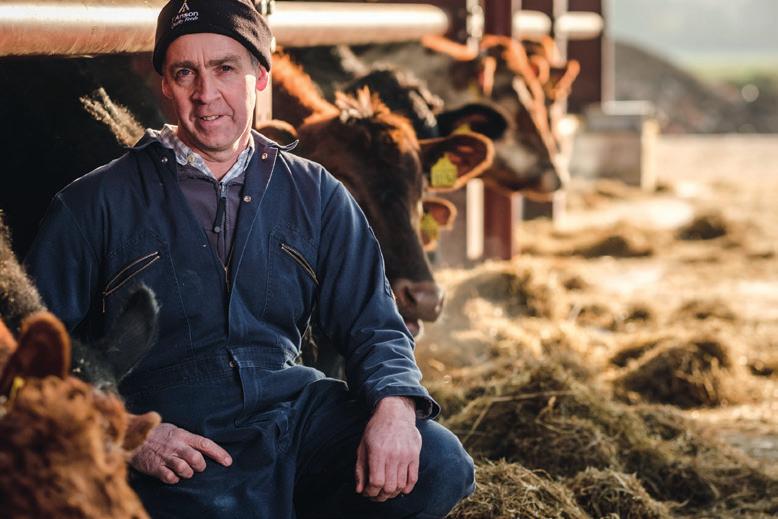
“We want to build on this position of strength, and while PRISM will mean direct support for those in our supply base who qualify for the programme,
all of the outcomes will be made available to the wider industry.
initiative will play a part in helping beef and sheep farmers across the country become the global leaders in sustainable meat production.”
NFU livestock board chairman Richard Findlay said the initiative would help establish a baseline for farm based carbon and wider sustainability data, before delivering wider support.
“All of this helps evidence and reinforce with primary data the strong sustainability credentials where British livestock farmers sit within a world
AHDB’s successful We Eat Balanced campaign returns to TV screens over Christmas to showcase the benefits of red meat and dairy as part of a healthy and sustainable diet.
Adverts featuring nine-year-old Nancy and her grandfather reached over 32m adults on channels including ITV, Channel 4 and Sky from Boxing Day – as well as being available to watch on YouTube.
The campaign returns to social media from 3 January 2023 with 41m opportunities for a younger target audience to see myth busting content on
Facebook and Instagram focused on healthy eating and sustainability.
Major supermarkets will once again be promoting the brand in meat and dairy aisles, with 8m onpack stickers, milk bottle branding and banner adverts on retailer websites, says AHDB marketing director Liam Byrne.
“As the cost of living increases, more people will become reliant on lower cost foods which tend to be calorie dense and nutrient poor, further increasing the risk of diet-related disease. Our aim
“The NFU has the ambitious goal of reaching net zero greenhouse gas emissions across the whole of agriculture in England and Wales by 2040, so I welcome this investment from ABP. Livestock producers need initiatives and support like this to help us get there.”
The collaboration with Andersons is led by partner and senior research consultant Michael Haverty. He will focus on carbon assessments as well as other sustainability benchmarking.
Input from Harper Adams is being led by Professor Jude Capper, who will indicate the areas each producer could be focusing on over the duration of the project to achieve the biggest gains.
is to shine a spotlight on the positive choices consumers can make.
“Milk is such an affordable and nutrient dense food, while meats like beef, lamb and pork contain up to nine essential vitamins, including Vitamin B12, which you won’t find naturally in vegetables.
“Our aim is to give more consumers the confidence that by choosing red meat and dairy from Britain, they are choosing nutrient dense produce with one of the lowest carbon footprints and highest welfare standards in the world.”
Processor ABP wants more sustainable beef and lamb production
We can and must do more
“
Livestock farmers are bring encouraged to make the most of payments available under the Sustainable Farming Incentive (SFI).
Launched in 2022, the scheme's improved grassland soils standard is one of several being rolled out as part of the government’s transition from direct support towards measures targeted towards soils, the environment and public goods.
“There is a good opportunity from the SFI, and farmers are already doing a lot of what’s required, so it’s nice they can get recognition for that,” Charlie I’Anson of I’Anson Farm Feeds told a recent farmer meeting, organised jointly with Hutchinsons.
The SFI improved grassland soils standard has two levels, introductory and intermediate, with an advanced option expected in 2023. Each level has several requirements to qualify for a payment over the agreement’s three years (see table).
“There haven’t been decent grassland options available in the Countryside Stewardship scheme, so it’s encouraging the SFI rewards the good farming practice many improved dairy and beef grassland farms are already
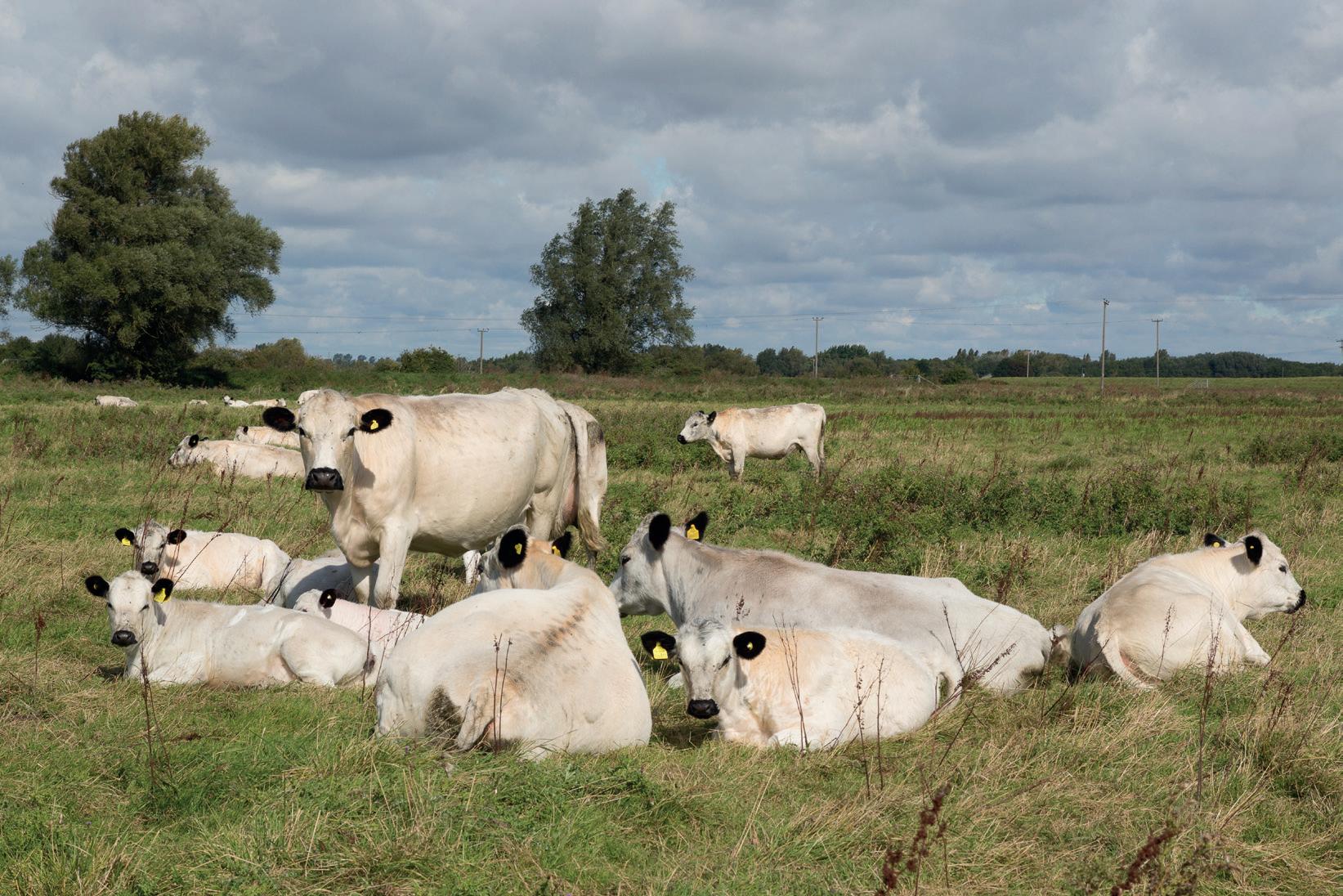
Assess soils and form a soil management plan. Review regularly to identify issues and remedial actions, such as surface pooling due to compaction addressed with methodical use of roots and targeted cultivations.
2 Test soil organic matter. Tests must have been done within five years. 3 Apply organic matter to every parcel in the agreement at least once in three years
Maintain 95% overwinter cover (1 December to 28 February), so no more than 5% can be bare ground, including poached land.
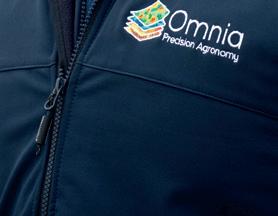
doing,” says Will Foyle of Hutchinsons

At an introductory level, farmers are required to carry out four key measures (see panel)
The intermediate level includes these four measures, plus a requirement for a diverse sward containing herbs and legumes, to be established on 15% of land within 12 months.
All grass is eligible, unless it is completely unimproved for over 15 years. For this, an unimproved grassland op-
tion is due for later release.
SFI rules are less prescriptive than Countryside Stewardship, with no defined species mix or composition. It can include a mix of grasses, legumes and herbs; and can be reseeded or overseeded.
Producers can also maintain an existing herbal ley to meet the requirement. And the eligible area can be moved around the farm.
Grass and clover will be the main option for livestock farmers. But having more species in a sward makes optimising harvest timings crucial – particularly to reduce the risk of lignification.
Red clover is particularly good for improving daily liveweight gain in fat lambs, but farmers need to be aware of potential fertility issues in breeding ewes, so only use it as grazing mix for
Producers should also
greater focus on reduc-






1







print of imported soya-based feeds, further strengthens the importance of home-grown protein.


The aim of the meeting was to help livestock producers get the most out of the scheme. Farmers heard how the onus would be on them to maintain evidence of compliance with SFI requirements.
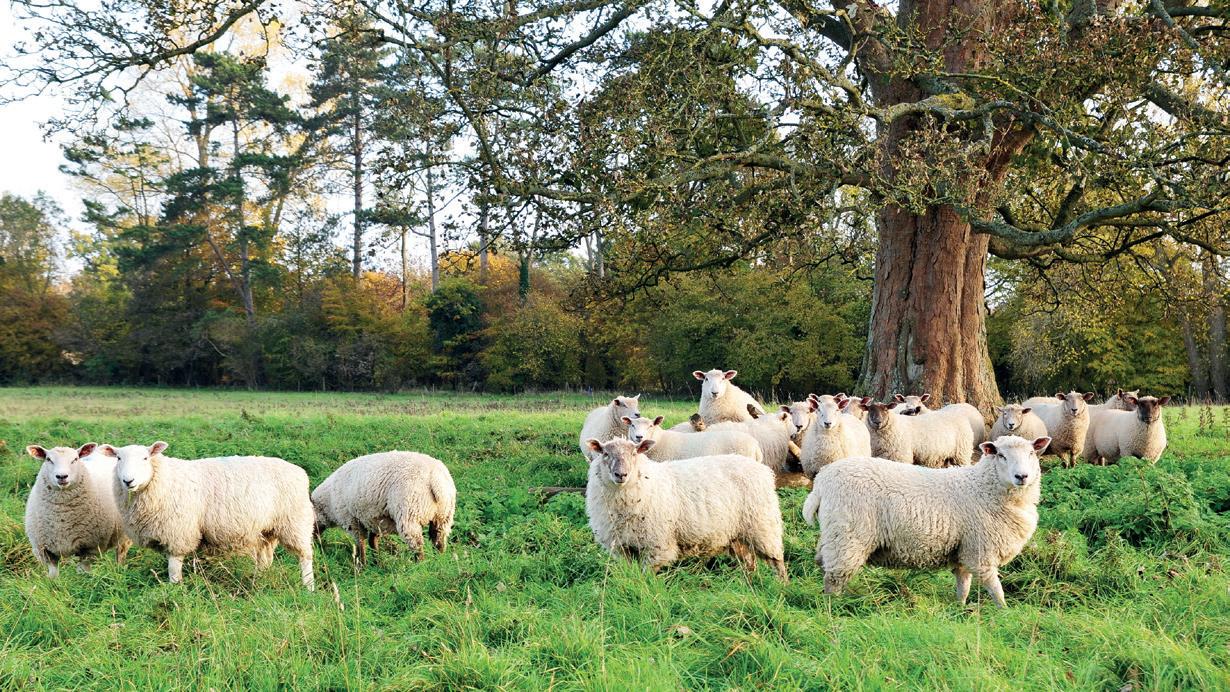
Hutchinsons digital services specialist Chris Blashill, says this is where Omnia software can help. The Omnia Field Manager level includes all the templates and functionality needed to record and administer the SFI.
“Additionally, farmers can get extra value by having better soil analysis, creating tailored application plans for organic and inorganic fertiliser, and produce reports to help with Red Tractor or NVZ compliance.”
The Omnia Scout app provides an easy way of recording sward condition – to help producers demonstrate compliance, says Mr Blashill.
There is an opportunity to use SFI requirements as the catalyst for more in-depth soil analysis too, by undertaking Healthy Soils, or Terramap analysis,



which provides far more accurate and detailed information than basic testing.






SFI uptake has so far been low, partly because some farmers view the payment as too small. But SFI payments are available across all eligible hectares entered into the standard, even if the action is only completed on part of that land.

For a hypothetical 100ha farm, if 15ha is put into a CSS GS4 legume and herb-rich sward, the £358/ha payment only applies to that 15 ha. But putting 15% of the farm into a grass/ clover sward under SFI, means £58/ha is paid across the whole 100ha.
“On the face of it, the SFI payment looks less, but when you do the maths and understand how the payment is calculated, it’s worth more.”


The SFI is the direction of travel for future support, says Hutchinsons.
“This year, there will be other standards coming in for nutrient management, IPM and hedgerows. We don’t know what these will involve yet, but it’s likely there’ll be more payments available for other things many farmers are doing already.”
Grants of up to £250,000 are available for farmers to im prove their slurry storage –helping to prevent water and air pol lution and make the best of organic nutrients.
Defra says around half of slurry stores in England are not fit-for-pur pose, forcing farmers to spread slurry when there is no crop need, wasting valuable fertiliser and causing pre ventable air and water pollution.
This means many farms can end up failing to comply with their legal ob ligations for storage and spreading of slurry. The Slurry Infrastructure grant makes some £13m available for livestock farmers to build six months of slurry storage capacity.
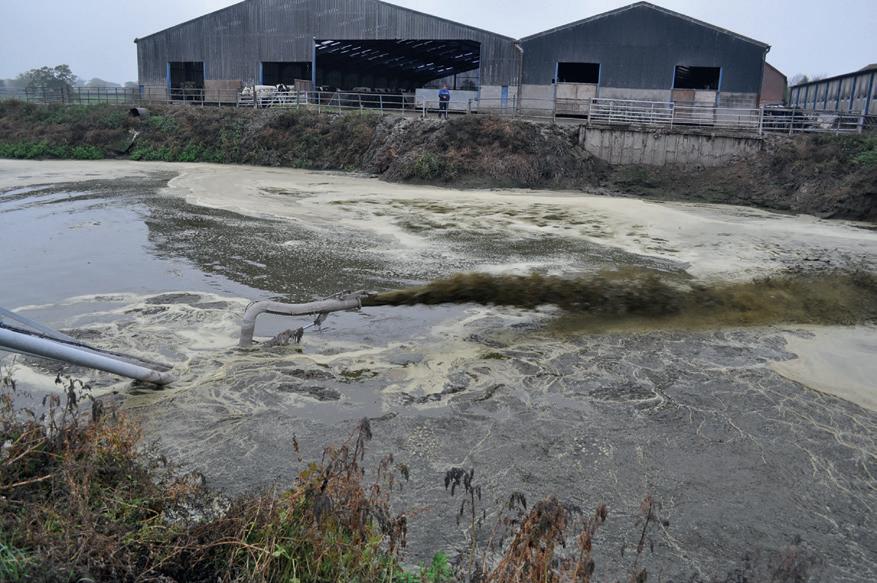
Investing in good slurry management is an important step that farmers can take to protect the environment, says Defra. Slurry is a valuable source of nitrogen, phosphorus and potassium which can be used to grow crops, it adds.
Farmers can apply for grants of between £25,000 and £250,000 towards the cost of slurry stores, covers and equipment. Grants can be used to build, replace or expand storage – including for lagoons, steel and concrete ring tanks and large slurry bags.
Defra farm minister Mark Spencer said: “We know livestock farmers want to invest in slurry systems that support quality food production and protect the environment, but many are put off by high infrastructure costs and difficulty accessing finance.
Farmers interested in the first round of the new Slurry Infrastructure grant scheme have until 31 January to check they are eligible and to submit preliminary details.
Strutt & Parker farming consultant Alice Johnson says: “This scheme provides farmers with an opportunity to get a grant covering around 50% of the estimated costs of investing in slurry storage.
Farmers can calculate their slurry storage requirements using the AHDB’s Slurry Wizard tool They can they check they are eligible for a grant using the Slurry Infrastructure grant online checker.
Grants available range from £25,000 to £250,000. Farm businesses will be paid a fixed contribution towards the equipment they need based on a standard amount, explains Ms Johnson.
Funding is not available for the demolition
and removal of old stores, repairs and maintenance of existing stores or second-hand equipment. Any items bought using grant support must meet the exact specification set out in the guidance notes.
The Rural Payments Agency will review all projects once the online checker closes and produce a shortlist of projects, with preference given to applications in the priority areas it has set for the first round of the scheme.
Priority places can be found across England but farmers are encouraged to apply for the grant even if they are not currently located in a priority area, as the level of the demand for the scheme is not yet known so funding may well be available anyway.
There will also be opportunities to apply for further rounds of the scheme and Defra has indicated the priority areas may change between different rounds.


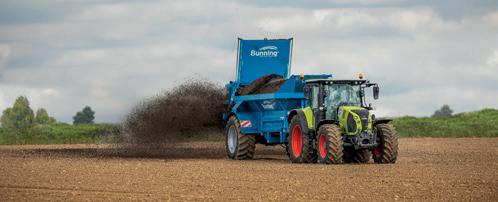

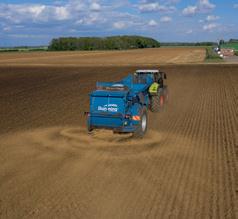




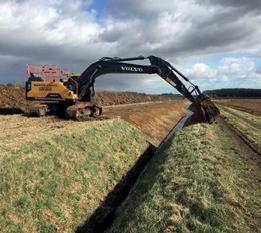


Defra's slurry infrastructure grants are primarily aimed at reducing the contribution of slurry to greenhouse gas emissions.
Bag tanks which can help reduce emissions are supported by the grant funding and offer a complete solution to storing, agitating and managing slurry, says John Tydeman of slurry specialists Tramspread.
“Depending on location, bag tanks can often be installed without planning permission. The tanks sit low to the ground, have capacities up to 7500m³, feature integral stirrers and suction or delivery pipes,” says Mr Tydeman.
“We import and install Albers Alligator bag tanks which only need groundworks similar to a shallow lagoon with sloping
sides and base. This design enables the bag tank to be easily filled and fully emptied at any time.”
The grants cover the installation of above ground storage such as steel and stainless steel tanks. These offer farms with less space the opportunity to increase slurry storage and in some cases incrementally add to the size of the tank.
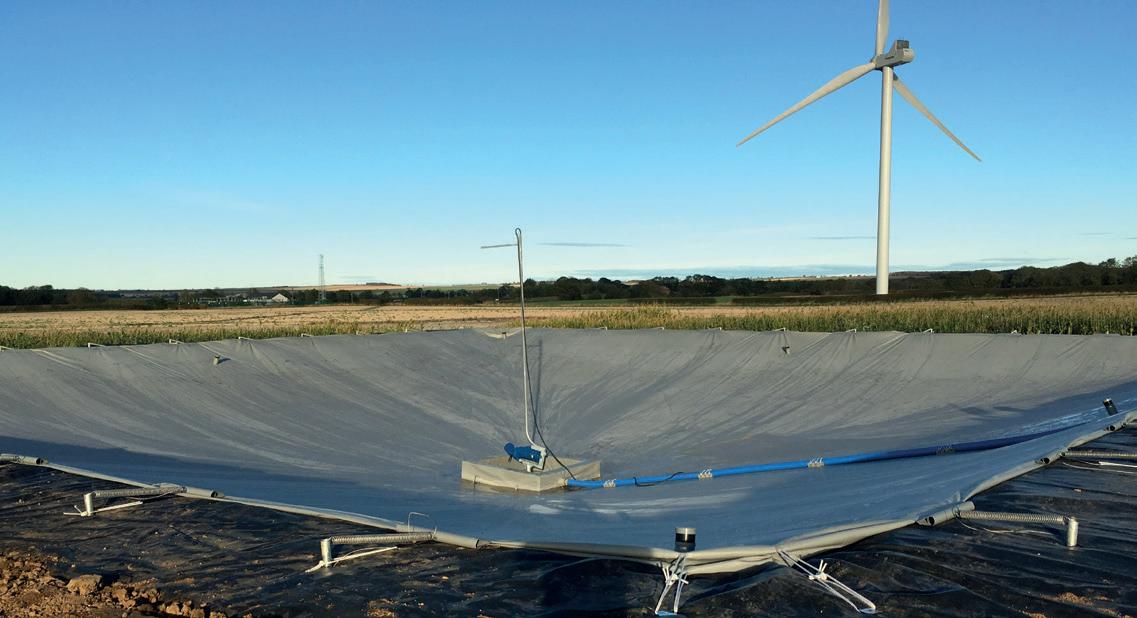
“Stallkamp tanks can be extended using additional stainless steel rings. A more costeffective option is the Agritank. Both are covered by the slurry infrastructure grant. However, unlike a bag tank, both will require planning permission.”
All storage tanks must have an imper-
meable cover which will add to the cost of steel tanks that require a textile or floating cover. The grant will also fund items needed for the basic functioning of new or expanded stores, such as reception pits, pumps and agitators.
“Textile covers can be costly whereas a floating solution like Hexa-Cover will be considerably cheaper.
“While floating tile covers are not covered by the grants, it may still be a cheaper option for some farms,” says Mr Tydeman.
A fixed contribution towards the cost of slurry storage will be calculated using Defra's standard costings which see £19.27 per m³ contributed for a bag tank with liner and £31.50 per m³ for a steel tank.
Continued from p45
“The Slurry Infrastructure grant will tackle this, helping farmers to invest in future-proof slurry storage that supports thriving farms while cutting pollution and allowing nature to prosper.”
When badly managed, the nitrate and phosphate in slurry end up in rivers, streams and the sea. This can cause harmful algal blooms which block sunlight and deplete oxygen, causing damage to natural habitats and wildlife.
Slurry also releases large amounts of ammonia into the atmosphere, which returns to the land as nitrogen. The build-up of nitrogen causes
certain plants to thrive, limiting species diversity and harming vulnerable habitats.
Enlarging and covering slurry stores will help reduce the 60% of nitrate pollution, 25% of phosphate pollution and 87% of ammonia emissions that come from agriculture. It will also help farmers to cut costs on artificial fertilisers.
Rural Payments Agency chief executive Paul Caldwell said: “Improving slurry storage offers farmers an opportunity to reduce the environmental impact of their businesses and cut input costs.
“We hope this scheme, which is the result of months of work with farmers and industry, will receive a significant number of applications for this first and future rounds.”
The grant builds on support Defra already provides for slurry equipment and best practice through the Farming Equipment and Technology Fund and Countryside Stewardship. The initial deadline is 31 January 2023.
All applicants will be told whether they have been shortlisted for full application. Depending on demand, applicants will be prioritised in areas where action is most needed to reduce water and air pollution from agriculture.
For details, visit defra.gov.uk.
We know farmers want to invest
“
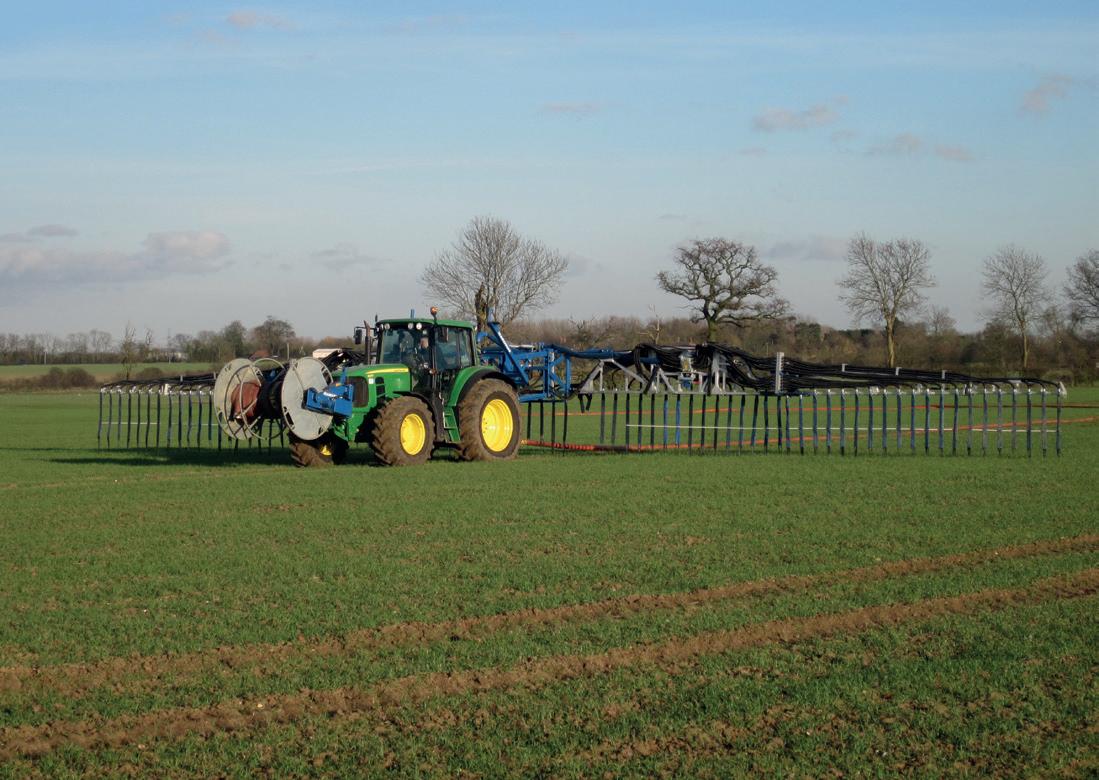
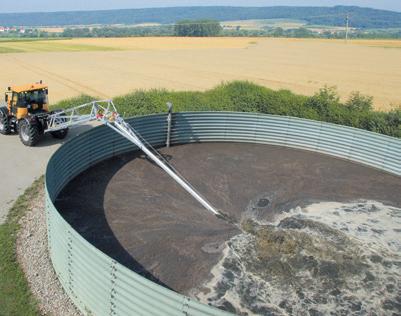
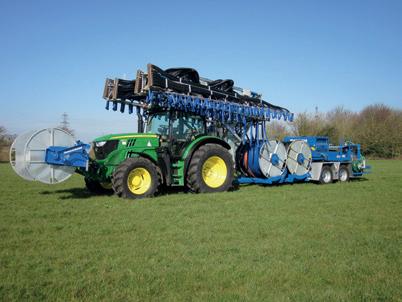
















Farmers should take advantage of the new slurry infrastructure grant to improve their slurry storage before it becomes a legal requirement, says the Central Association of Agricultural Valuers.
With air and water quality of increasing concern – and extremely high fertiliser prices – it’s a no-brainer to make use of the new scheme,” says CAAV secretary and advisor Jeremy Moody.

“Water legislation is tightening and it’s not going to go away. Improving slurry stores to benefit the environment is likely to become a statutory requirement in future, so while the Government is offering money to get there it makes sense to take it.”
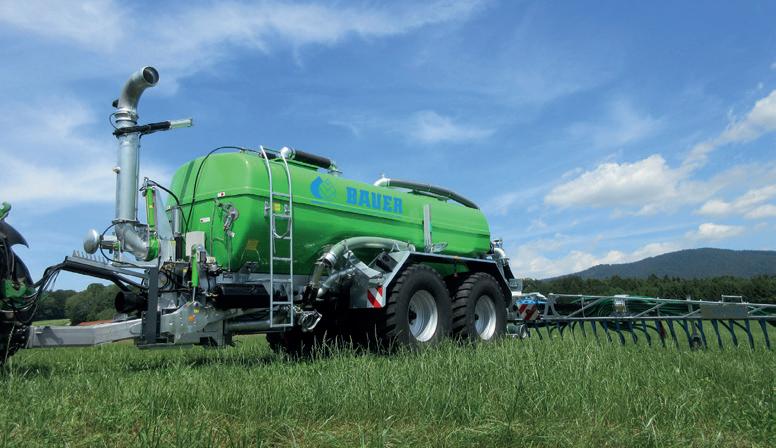

The grant offers pig, beef and dairy producers between £25,000 and £250,000 – paid in arrears – to improve or expand their slurry storage capacity to six months, including fitting impermeable covers on grant-funded stores.
It will be competitive and focused on applications in priority areas, which deliver the

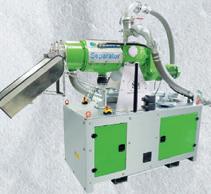
Anew slurry inoculant reduces the need for artificial fertilisers, lowers emissions and increases grass yields – and is said to improve soil health.
Launched this autumn, SlurryForSoil is a blend of 18 plant growth promoting bacteria and fungi. Manufactured and distributed by Sylgen Animal Health, it also contains enzymes to kick-start slurry break-down.
“SlurryForSoil pushes the boundaries of what a slurry inoculant does,” claims Slygen Animal Health director Romney Jackson.
“As well as making stirring slurry quicker and easier, improving the consistency to reduce blockages at application and retaining nutrients, it lowers emissions by significantly reducing the need for synthetic fertilisers and increasing grass yields."
The bacteria and fungi in SlurryForSoil have all been scientifically proven to mobilise nutrients and micronutrients, says Ms Romney.
“Many have also been found to control pathogens and diseases, predominantly through the stimulation of the plant hosts’ own defence mechanisms, and some control pests like nematodes, molluscs and insects."
The fungi, in particular, break down
microplastics as well as residual pesticides and organophosphates which can indirectly hamper grass growth.
A team at Duchy College tested the product this year at its Future Farm in Cornwall. Separate dairy herds with dedicated slurry lagoons enabled researchers to isolate and assess the impact of the slurry inoculant.

Samples of the treated and untreated slurry were analysed by researchers at NRM laboratories. So too were forage samples taken from the temporary grass ley which had received applications of the two slurries.
Results showed an increase in the retention of key nutrients in the treated slurry, such as ammonium, phosphorus, potassium and sulphur as well as magnesium, copper, zinc and calcium.
“Across the four cuts, resulting forage increased by an average of 17.8%, with some having more than a 30% increase in yield,” says Ms Romney.
“Nutritional analysis of the silage showed SlurryForSoil also helped improve the quality of the forage with an average decrease in NDF of 10.7% and increase in plant sugars of 27.7% with corresponding increases in digestibil
nitrogen retained in the slurry and potentially shows the microbes are playing a broader role both within the soil and the plants.
“These results mirror those of farmers who have been trialling SlurryForSoil on-farm. With increased yields and reduced need for synthetic fertiliser, they’ve seen an average return on investment of £55/acre.”
Mole Valley Farmers has launched a Nutrient Management Plan service to help livestock farms target the correct nutrients to grassland.
The web-based Nutrient Management Plan is operated by FACTS-qualified experts specialising in grassland and forage crops. It is approved by the Environment Agency and backed by AHDB. Any changes to RB209 are automatically updated.
Taking into account soil nutrition status, the plan looks at the nutrient requirements of different crops required to grow specific yields. It then looks at the nutrients available on the farm already from slurry and farmyard manure
From that information, the plan provides advice on fertiliser use and use of slurry and manure –as well as any soil advancements required. Nutrients are targeted only where they are needed and specifically for crop needs.
The service fee starts at £250 for the first 250 acres. The programme will allow farmers to target nutrients where they are needed, said Mole Valley head of grassland and soil agronomy Lisa
Slurry treated with the inoculant has a creamy consistency
“
•
• Claims for storms last year reached £170m
•
Farmers are being urged to act now to protect their farms from devastating winter storms.
The warning from NFU Mutual comes after Storm Arwen battered the countryside in late 2021. The insurer says claims figures for this storm alone reached over £80m for farms, homes and other rural businesses.
This was followed by Storms Dudley, Eunice and Franklin, which hit the country in quick succession early last year. Together, the storms caused damage costing more than £170m as NFU Mutual supported over 20,000 customers with claims.

Widespread power outages disrupted farm work and transport routes. Fall-
damage to vehicles and machinery, while wind speeds of up to 120mph ripped roofing sheets and cladding off homes and farm buildings.
NFU Mutual rural affairs specialist Hannah Binns said: “Isolated rural communities, farms and dwellings are more at risk from extreme weather, so we are urging everyone to plan ahead and take great care if working outside in stormy conditions.
“There are a number of preventative steps farmers can take while the weather is calm, such as identifying safer ground to move livestock to in the event of flooding or snow, but hu-
ber one priority.
“It is also worth noting alternative fuel and power sources in case of a power cut or disruption, such as making sure generators are in working condition and able to run at full load for long periods.
“It is important to keep up-to-date with weather warnings and have your insurer’s details to hand.”
NFU Mutual has a network of 295 agency offices who know their communities and are on standby to progress repairs after the storms, including making emergency payments and settling simpler claims immediately.
“We also work closely with agricultural specialist loss adjusters, so we are able to quickly deploy people who understand your business,” said Ms Binns.
How to protect your farm in a storm... see overleaf
Storms last winter caused damage worth more than £170m
Two law firms have been reappointed to the NFU's legal panel in East Anglia following the outcome of the union's 2022 review.
Legal panel firms offer a comprehensive service encompassing all areas of law relevant to farming and growing, including succession planning, diversification, renewable energy, dispute resolution, planning, probate, family and conveyancing.

Tees and HCR Hewitsons were reappointed after a review that assessed their legal services, engagement with the NFU and its members, as well as feedback from farmers and union staff.
The legal panel offered discounts worth more than £500,000 to NFU members during the latest financial year, said NFU regional director Zoe Leach. “The
panel is an important feature of the NFU’s legal services offering to our members,” she added.
“NFU panel firms are committed to supporting NFU members and have clearly strengthened their agricultural and rural teams over the past few years. Their broad expertise is highly valued by our in-house legal team and NFU members.”
Denise Wilkinson, head of agriculture and rural affairs sector at HCR Hewitsons, said: “We are delighted to be reappointed to the legal panel to serve Bedfordshire, Cambridgeshire and Norfolk.
“These are challenging times for those involved in agriculture, rural business or land management and the NFU membership services and support will be needed by them more than ever.
“We are committed to supporting the NFU and its members. As a team we have decades of experience dealing with the complex legal and strategic challenges that arise and we have a wide range of specialists who can help.”
Tees has been reappointed to help members farming in Essex, Hertfordshire and Suffolk. Partner Caroline Metcalf said: “We are pleased to have been selected to be on the NFU legal panel again. Being selected really demonstrates Tees’ depth of legal knowledge and expertise in agricultural and rural issues.”
NFU regional representative for the legal assistance scheme Richard Hirst, said: “We are entering a period of transition for the industry. This undoubtedly puts the legal panel in high demand."
Defra has launched the third and final round of its Future Farming Resilience Fund to help farming businesses cope with the phase-out of the Basic Payment Scheme. The £32m fund provides free support and government-funded business advice to 32,000 farm businesses which currently receive the annual basic payment. It will run until March 2025.
Advice and support will be provided by 17 specialist organisations, each with their own expertise and of-
fer of support. Farm businesses are free to select the organisation most suitable for their needs. Some providers are supporting specific regions and sectors, while others have designed a more general offer. Each of the providers has committed to support a fixed amount of advisory input on a first-come, first-served basis.
Interested farmers should contact their chosen provider as soon as possible. For a full list of advisers, visit www.bit.ly/FRFadvice
Before a storm
• Stay alert for Met Office weather warnings.
• Regularly inspect your farm and keep on top of maintenance by carrying out necessary repairs to buildings, fences and walls whilst the weather is calm.
• Check that tiles, slates, and roofing sheets are in place and put away any items that cannot be secured.
• Avoid being near barn doors if there are high winds.
• Make sure gutters are not leaking and are clear of leaves and other debris.
• Protect and lag water pipes in vulnerable areas and know where the water supply is so that you can turn it off in the event of burst pipes.
• Ensure you have a good tree inspection programme in place, paying particular
attention to trees bordering buildings, roads, railway lines and rights of way.
• Prepare for power cuts: have torches and batteries to hand and make sure any generators are ready to use if required.
• Plan evacuation routes to get staff and livestock to safety in the case of extreme weather such as floods – identify higher ground that you can move livestock to in event of flooding.
• Have your insurer’s emergency helpline available. Call NFU Mutual’s 24 hour commercial helpline freephone number on 0800282652
• Do not leave the house or make journeys unless absolutely necessary.
• If you need to leave the house, avoid the
sheltered side of walls when walking.
• If journeys are essential, drive slowly and carefully, staying aware of high winds on exposed roads and ice and water on the road.
• Do not attempt emergency repairs during the storm.
• Keep all building doors and windows closed.
• Be aware after a storm or weather event, power cables or powerlines may have been brought down.
• Don't enter any buildings that could be unsafe following a storm.
• Report any damage to NFU Mutual as soon as possible.
[Source: NFU Mutual]
Aseries of popular Farm Business Update events will take place in person this year – after being held last year online due to the coronavirus pandemic.
Seven events will take place between late January and early February – providing the opportunity for farmers to network speakers and sponsoring organisations, including the NFU and Country Land and Business Association.
This year’s events include two guest speaker slots. The first will be a farmer covering their journey to new farming practices; the second will be an expert discussing current market volatility and its implications for farm businesses.
Updates will include the latest on the government's agricultural transition plan, catchment sensitive farming and Defra's new agri-environment schemes. The Environment Agency will provide an update on the latest farming rules for water.
The full list of events is:
January
•
Fri 20th The Farmschool, Annables Farm, Hertfordshire
• Tue 24th Wortwell Community Centre, Norfolk
• Wed 25th Dereham Football Club, Norfolk
•
Tue 31st Forest Centre, Marston Moretaine, Bedfordshire
February
• Wed 1st Wilbraham Village Hall, Cambridgeshire
• Thu 2nd Writtle Agricultural College, Essex
• Thu 9th Lavenham Village Hall, Suffolk
For full details, call CLA East on 01638 590429 or email east@cla.org.uk
As the Government strives towards its net zero target, the role of the rural sector in helping to address climate change and biodiversity loss has become a major focus of attention.
The ensuing debate over land use is all to the good, but it can also result in deeply entrenched views which may be less helpful.
Landowners and farmers can now be compensated for the benefits of the natural capital under their stewardship –and that’s definitely progress. However, amid these carbon pounds, it is important not to lose sight of another of the countryside’s vital functions, that of food production.

In the ongoing drive to harness the potential of rural land, people may take polarised positions very quickly. We saw this with rewilding which fast became a binary concept –were you for it or against it? Similarly, using land for solar or wind farms can be equally contentious.

While issues will often divide opinion, there needs to be the space for discussion; for nuance and the acceptance that it’s possible to be for something in some places and against it in others.
The danger is that we could be at risk of seeing the same polarisation happen around the term regenerative agriculture. There can be a sense that those not adopting regenerative techniques on a wholesale basis have no concern for the climate crisis, and this is blatantly not the case. Regenerative techniques might work for some farmers and some crops in some areas, but for others they might have such a great impact on yields as to make the crop unviable. People still need an income.
Balance is essential – both in the discussion, and in what happens on the ground. There is no environmental benefit to be had from reducing the nation’s own food production so that we import more – via air, road and sea – from elsewhere.
Land management is far from a binary concept – most farms and estates will have all sorts of solutions in place for different areas of land. It is a great thing to have choice, it brings us flexibility in how we manage our businesses. Farming methods are never going to be a one size fits all, and nor are environmental solutions. Ultimately, it is the individual landowners and farmers who know their land best and they need to be free to make the right decisions for them.
Instead of pulling in different directions, the rural sector needs to recognise all its strengths, whether that’s providing environmental solutions, food security or aiding in the nation’s wellbeing – indeed ‘stacking’ this range of enterprises is hugely compelling.
The start of another year provides the perfect time for rural businesses to review their operations. The agricultural industry is no stranger to change and it will be those who make the most of new opportunities that will have the best chance of success.
Tim Frost Food & Farming
Consultant 07966 255 977 tim.frost@savills.com savills.co.uk

Selling grain forward makes sense – even though you might not get the best price, says Fen Tiger.
Forward selling grain is always a contentious subject. Some growers still see it as a massive gamble. They are afraid of losing out if prices rise after their decision to sell. But others see it as a way of managing risk and evening out price fluctuations.
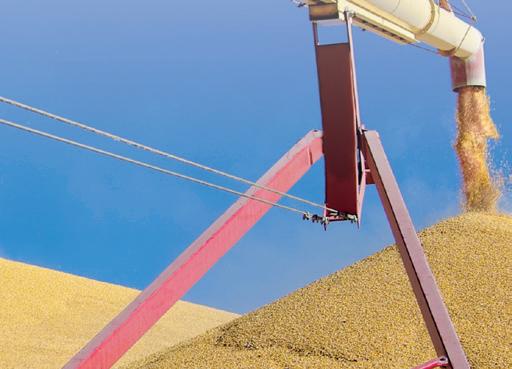

If you look at the figures, history shows us that selling at harvest generally means selling at the lowest prices – apart from in years with significant weather problems, such as excessive rainfall or drought as happened in 2018.

Why? Because a plentiful supply of grain in turn forces prices down. Alongside this, a bumper harvest puts grain handling and storage capacity under pressure. Usually, this means it is a buyer's market rather than a seller's.


So forward selling appears to be a positive step in balancing sales across the year. What is critical is the farmer's ability to know their cost of production – which enables the grower to know the precise point at which to trigger any forward selling profitably.
It was always my policy to assess the potential crop in the ground, estimate the likely yield and then sell a small proportion of that crop at harvest.
Depending on the yield, most years I had adequate storage, although it required extra work during July and August to lay the grain ducts and monitor the stored crop.
It was far easier to do away with any augers and elevators and simply tip the grain direct on the shed floor and then load straight into a waiting lorry.
I felt safe in the knowledge that I had well under-estimated the potential farm yield and took a standard 3t/acre level. This allowed me to sell 20-25% of the crop forward with some confidence, avoiding any sleepless nights by avoiding any over-selling.

It always seemed to work out well on tonnage and price. And I always felt the right decision had been made. I never achieved the
best price but having committed the tonnage, I was always happy with the price agreed.
Sometimes I waited in vain for that magical £150/t price to arrive. Refusing to sell at a pound or two lower, I would then regret it all harvest. But in all, the whole system worked for me, rather than against.
It wasn't just wheat I sold forward. Some good advice given to me by a grain merchant when selling linseed was to sell on an acreage basis rather than a fixed tonnage. With linseed, yields were often highly unpredictable and it was good advice indeed.
I tried to sell grain the same time every year: harvest, January, February and then June. Farm work was less demanding at those times and chopping and changing selling patterns never worked for me.
So I wonder whether it is time to consider some forward selling grain from this coming harvest? After all, prices may move downwards rapidly if Mr Putin decides to call it a day in Ukraine or the grain shipping agreements are finally sorted out.
This will leave growers with high input costs but much lower than expected output prices. And with those prices currently north of £200/t, surely its time to sell a small percentage and at least cover some of your growing costs.
It's a lottery and anybody's guess, so good luck and all the best for 2023.
I was always happy with the price.









